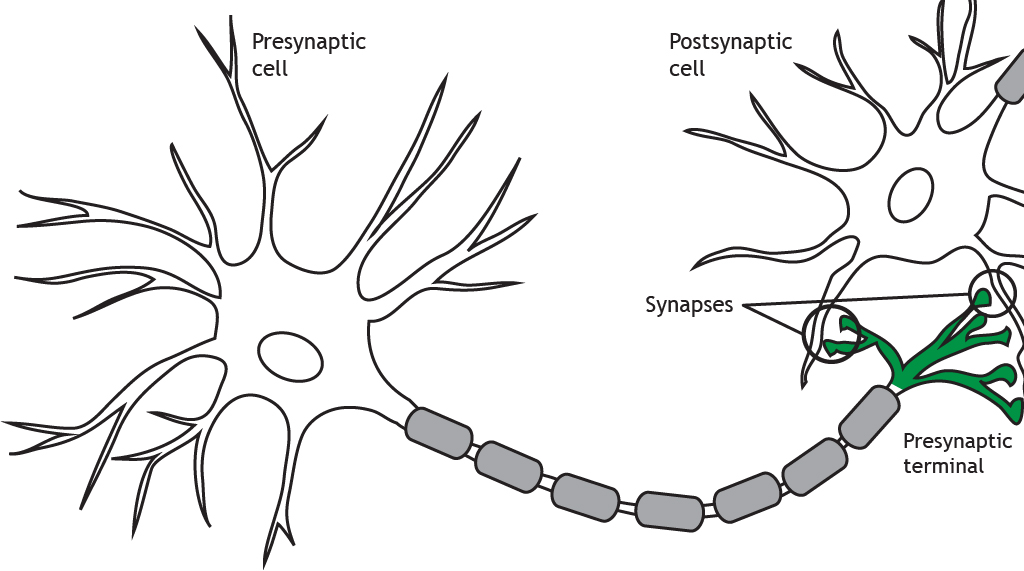Module 1: Anatomy and Physiology
1/202
There's no tags or description
Looks like no tags are added yet.
Name | Mastery | Learn | Test | Matching | Spaced |
|---|
No study sessions yet.
203 Terms
What is anatomy?
The study of the internal and external structures of the body (physical relationship)
What is physiology?
The study of the function of the structures (how the body works and the processes involved)
Organization (from smallest to largest)
cells → tissues → organs → organ systems → organism
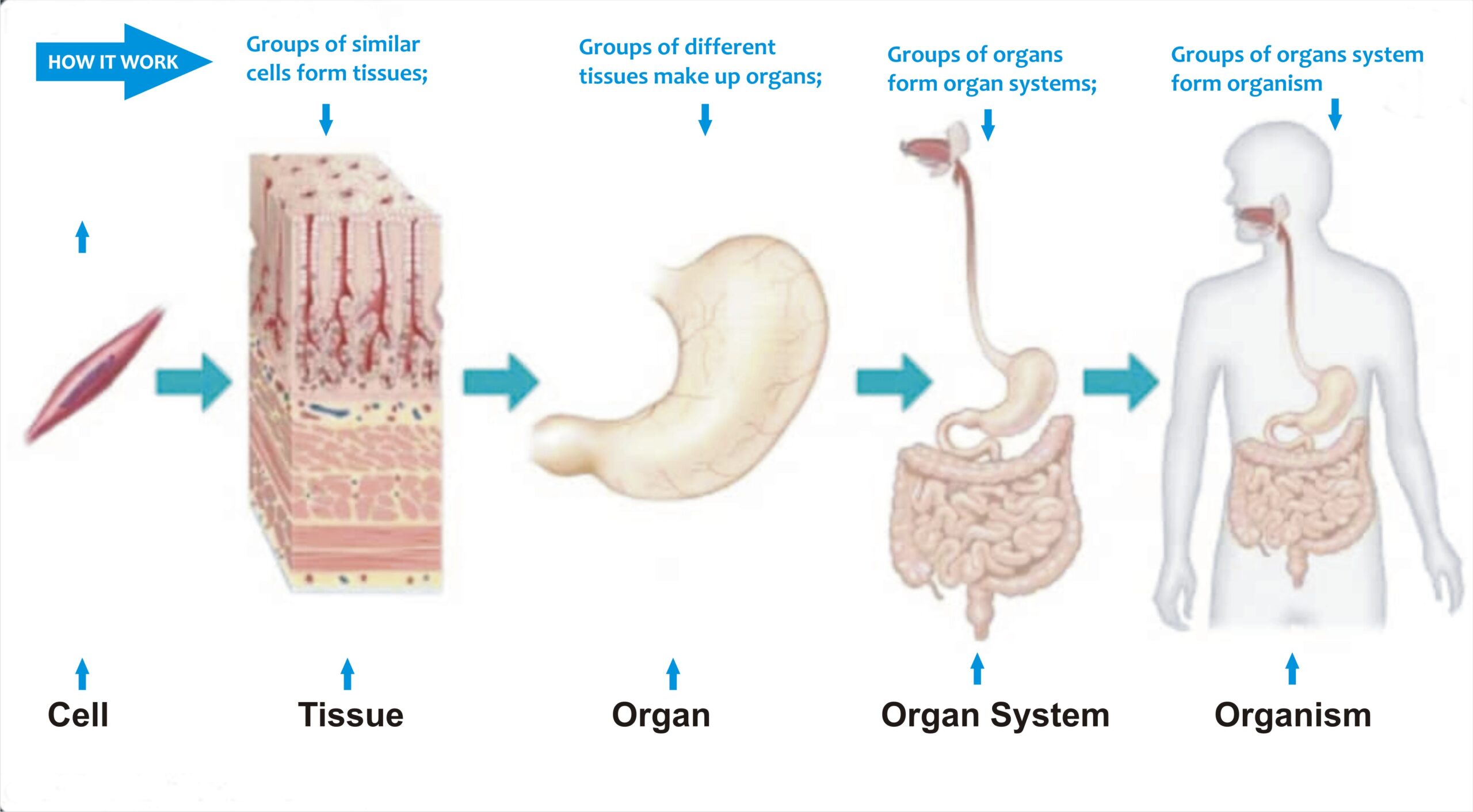
What is the anatomical position?
aka. Standard position
Body is erect (upright) and facing forward, with arms at the side and palms facing forward
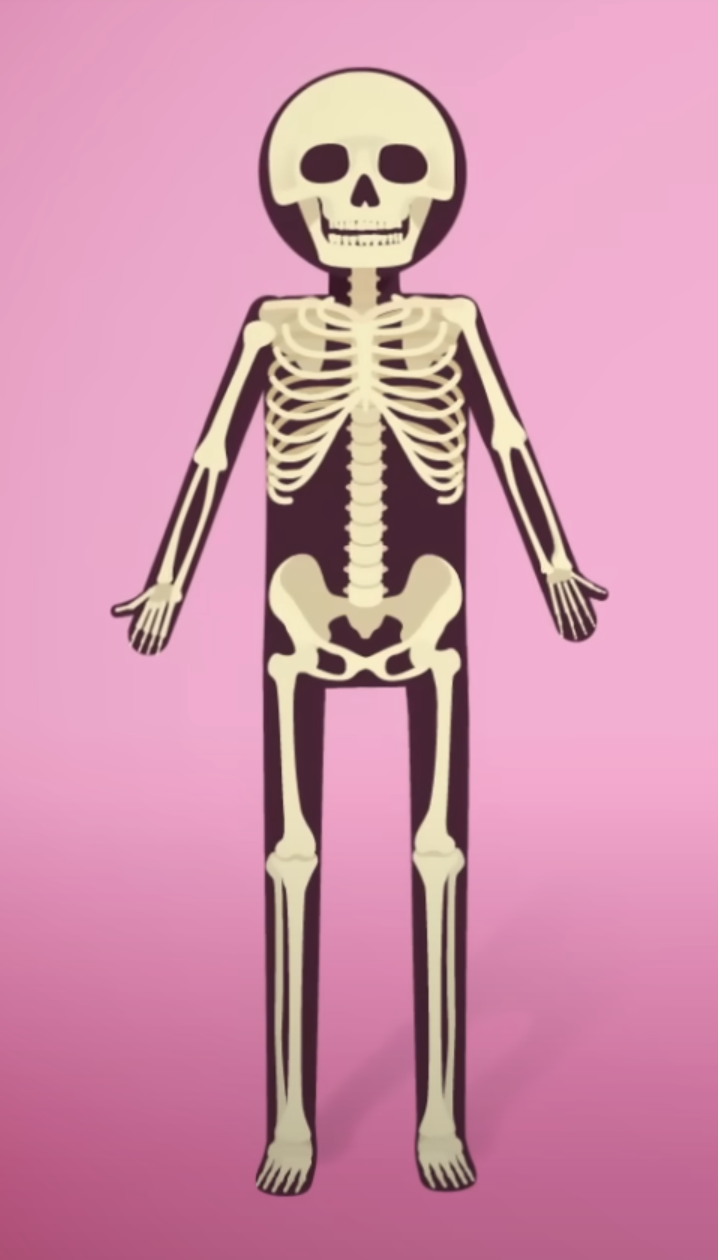
What is the sagittal plane?
It is also known as the median plane.
Vertical plane that divides the body into equal left and right parts (down the middle)
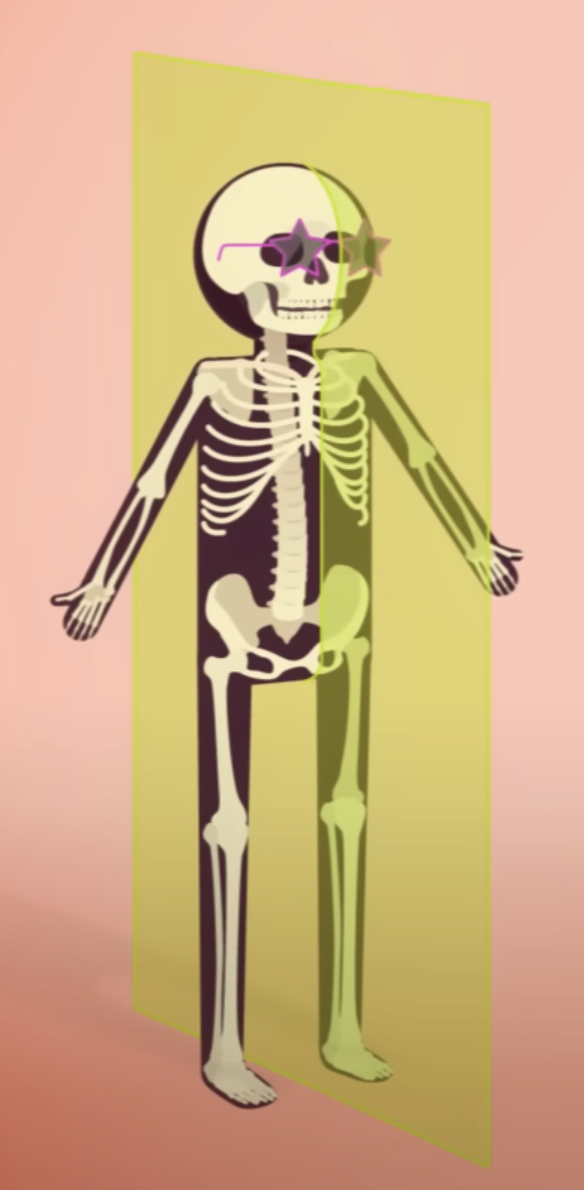
What is the parasagittal plane?
Very similar to the sagittal plane (divides the body into the left and right part), but it does not divide the body into equal halves.
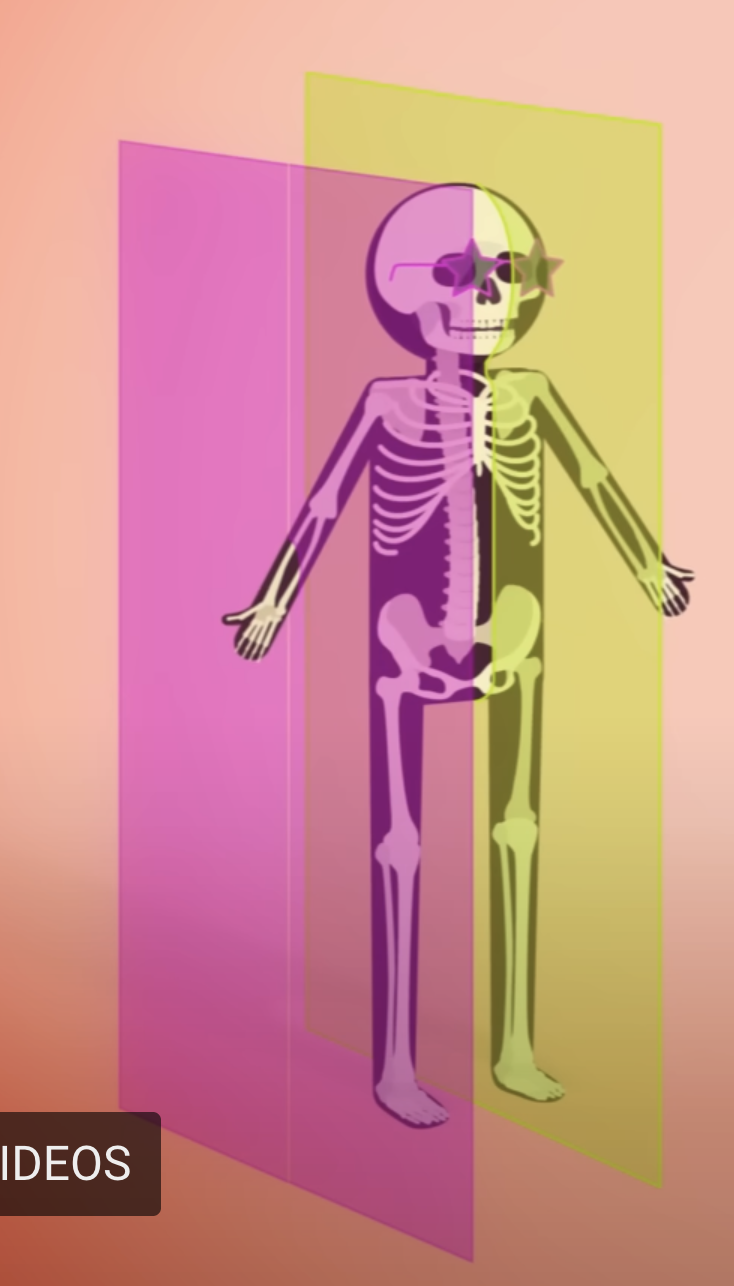
What is the coronal (frontal) plane?
A vertical plane that divides the body into the front (anterior) and back (posterior)
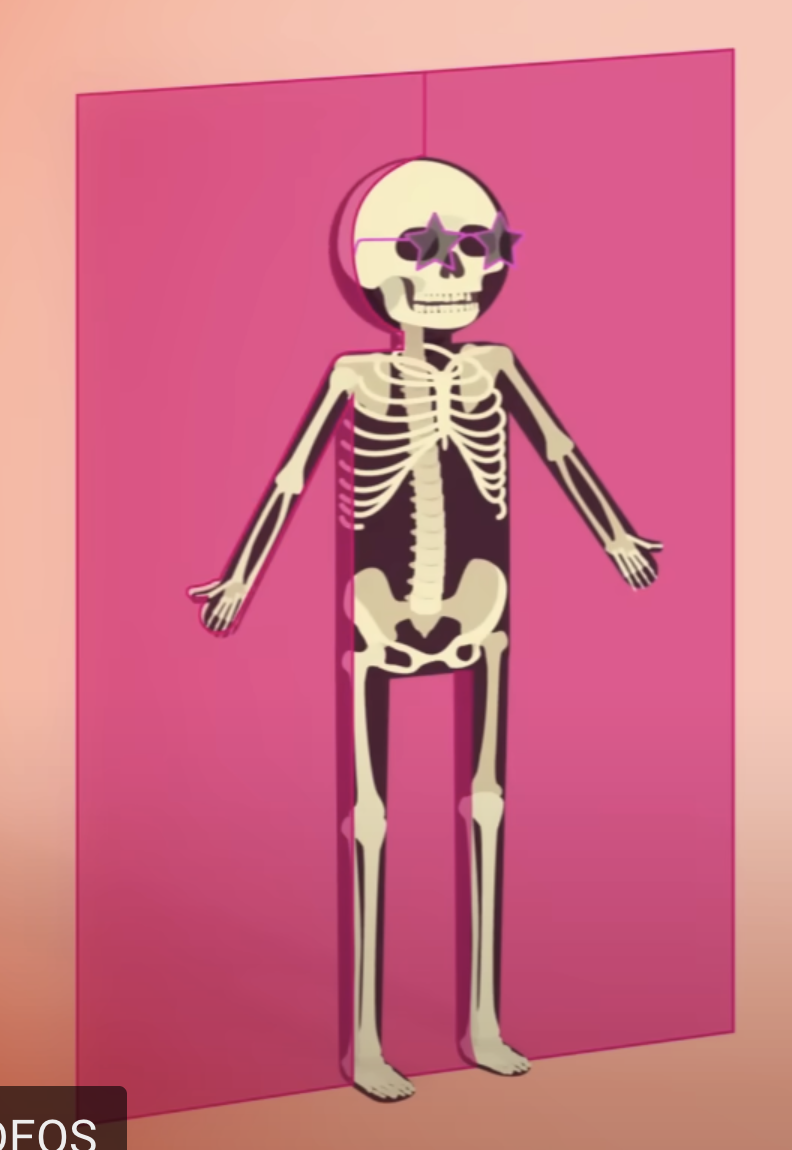
What is the transverse (horizontal) plane?
A horizontal plane that divides the body into the top (superior) and bottom (inferior)
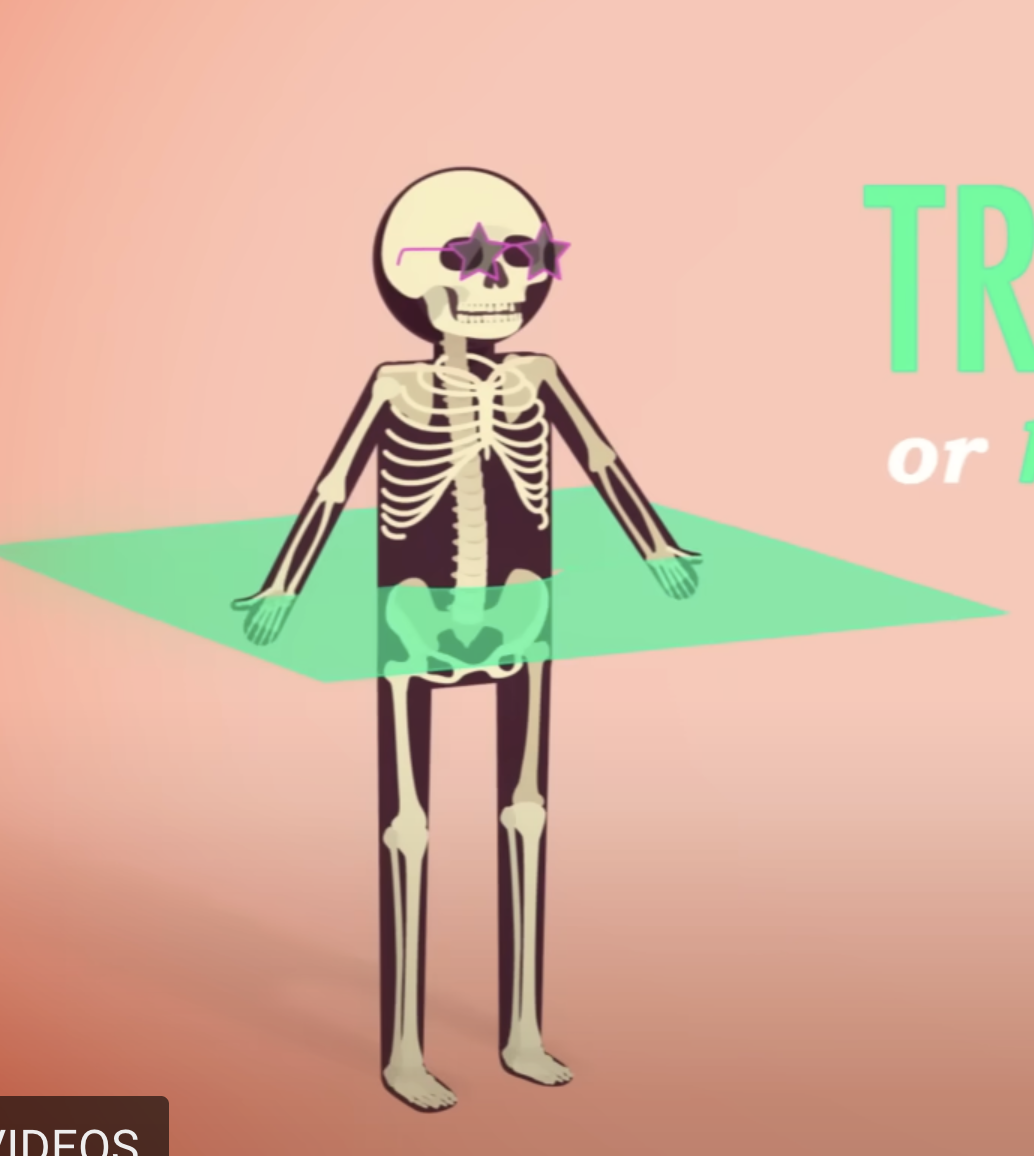
What is the axial skeleton?
The axial skeleton forms the main trunk of the body (excludes the limbs)
includes the skull, spinal column, ribs, and breastbone
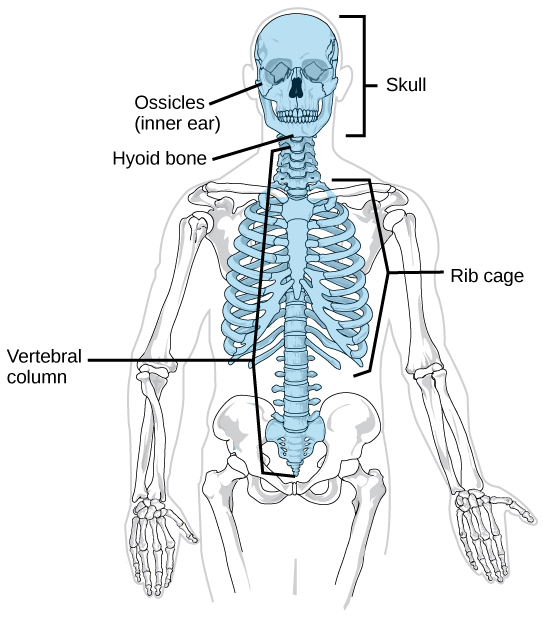
What is the appendicular skeleton?
Limbs and girdles that attach to the axial skeleton!
includes shoulder girdle + arm bones
pelvic girdle + leg bones
Note: Girdle is a set of bones that connect limbs to the axial skeleton.
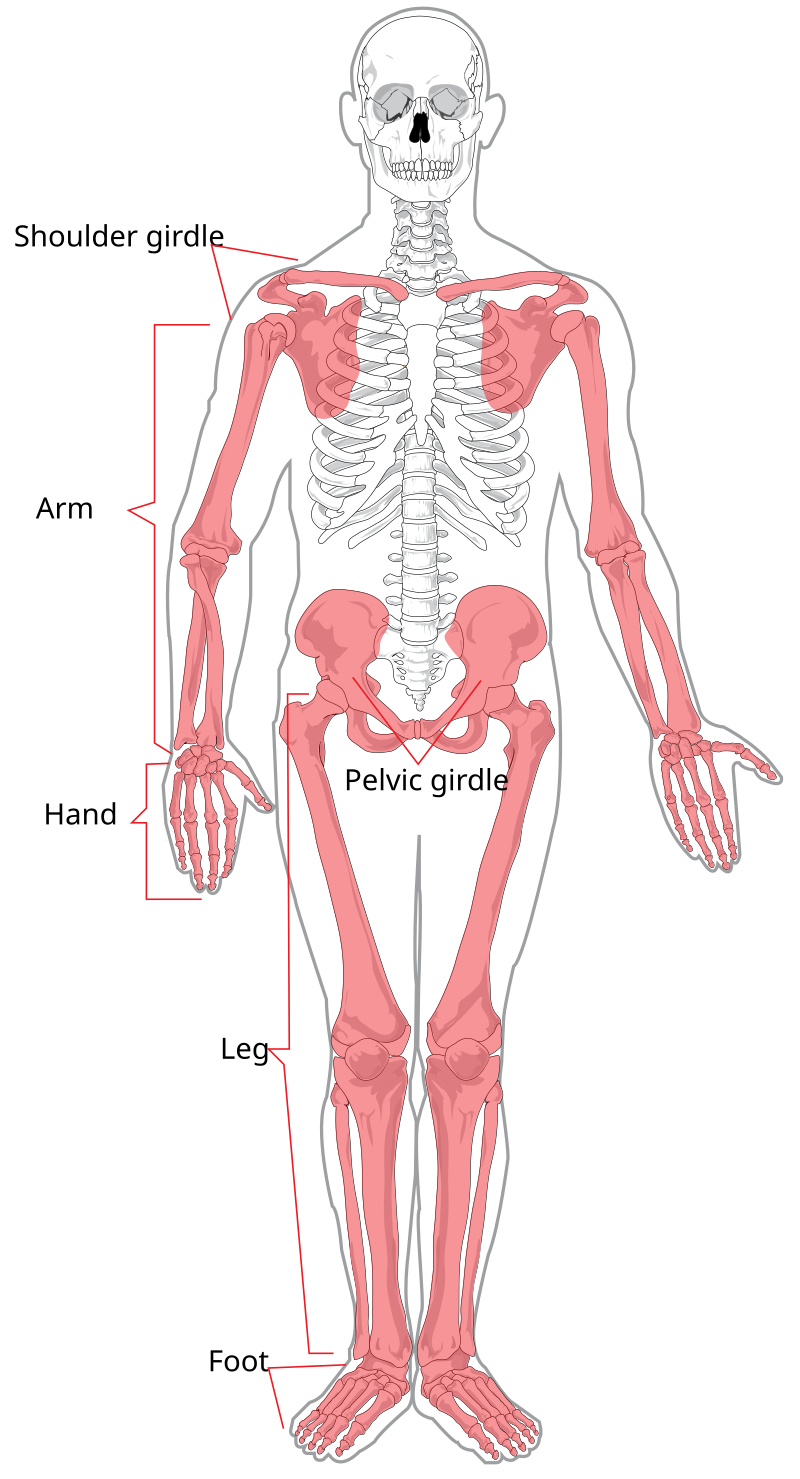
What two terms mean front of the body?
anterior
ventral

What two terms mean back of the body?
posterior
dorsal

What two terms mean the upper part of the body?
superior
cranial
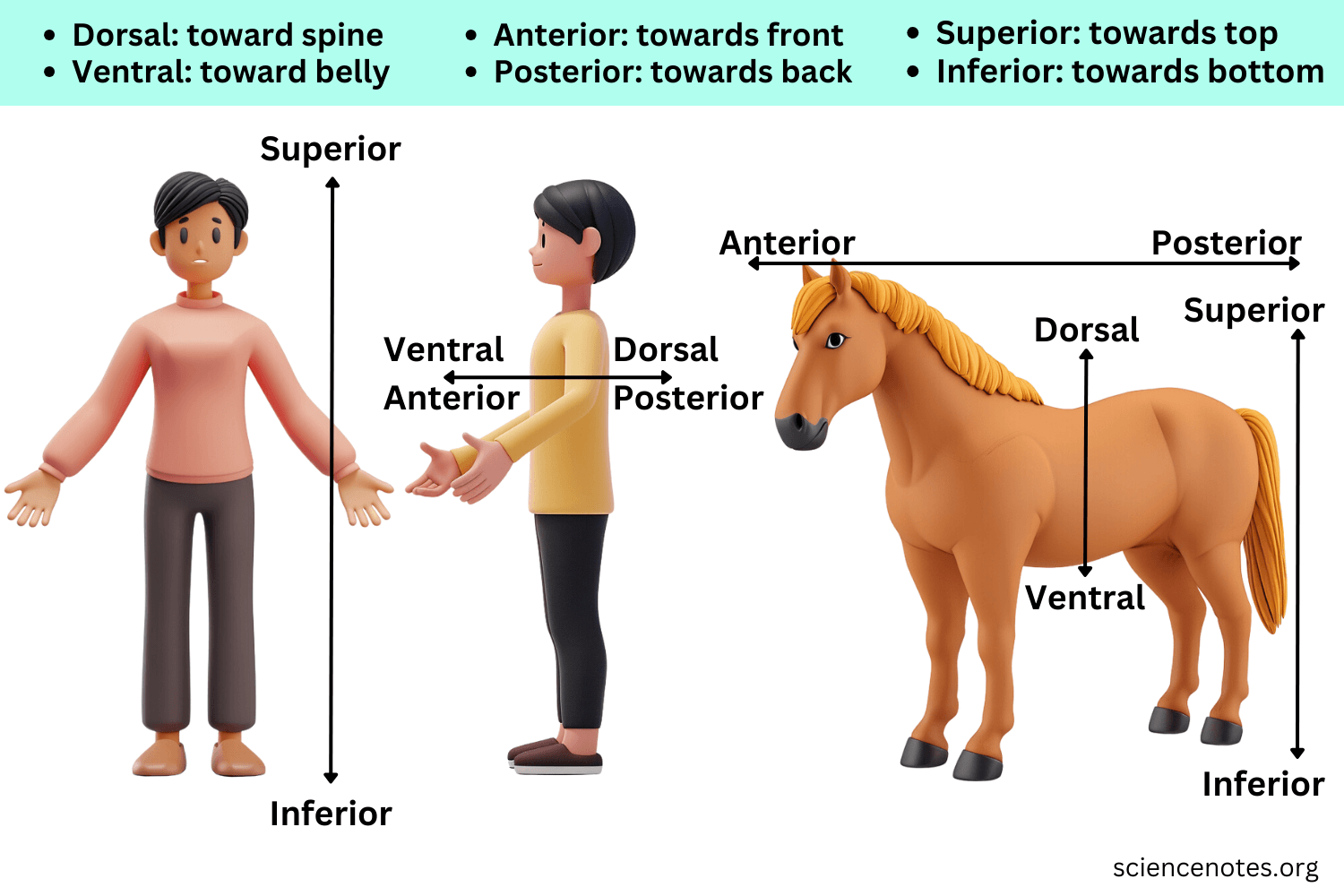
What two terms mean the lower part of the body?
inferior
caudal
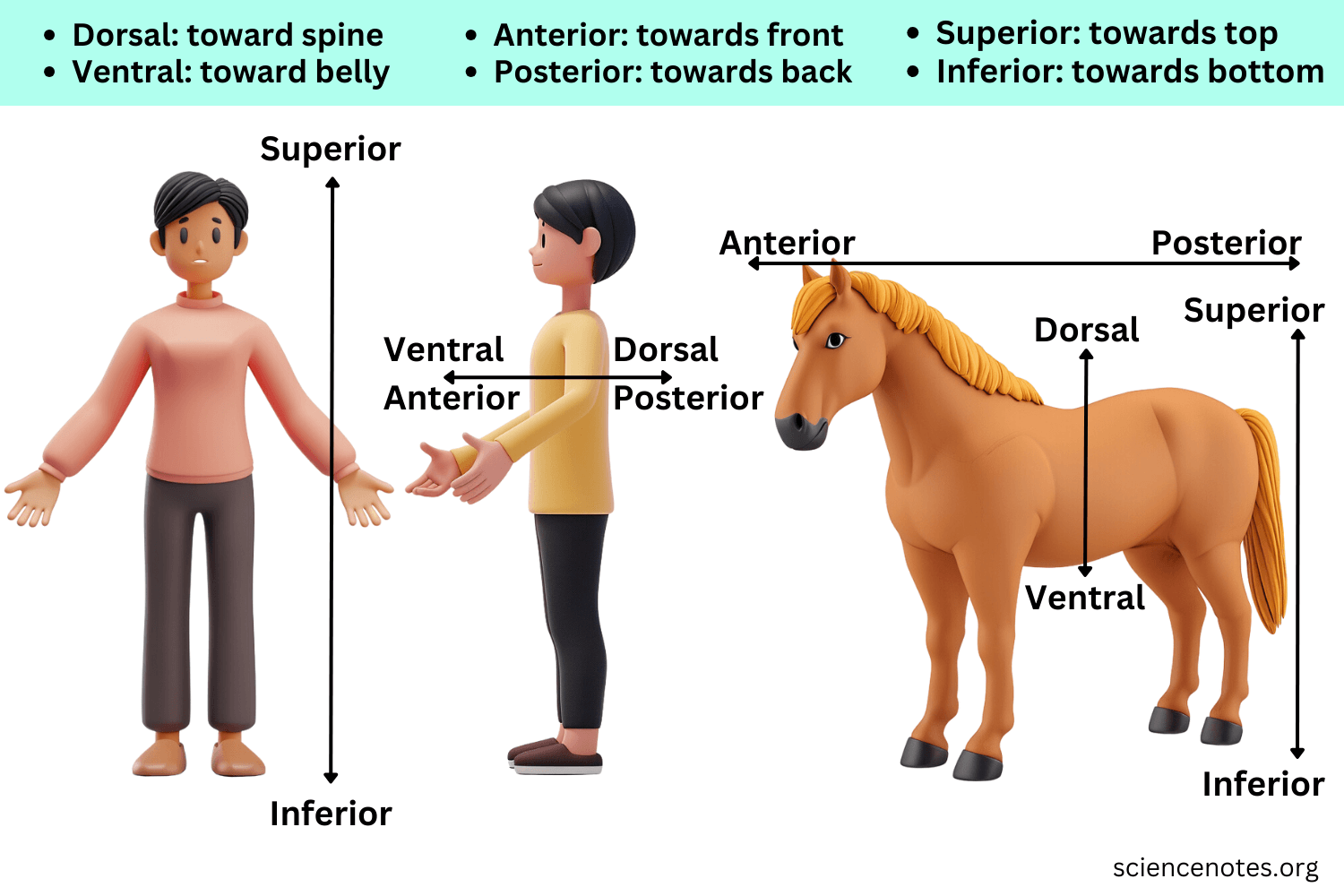
What is metabolism? What two processes is it made up of?
Metabolism is the sum of all chemical reactions within a cell.
made up of anabolic reactions (building) and catabolic reactions (breaking)
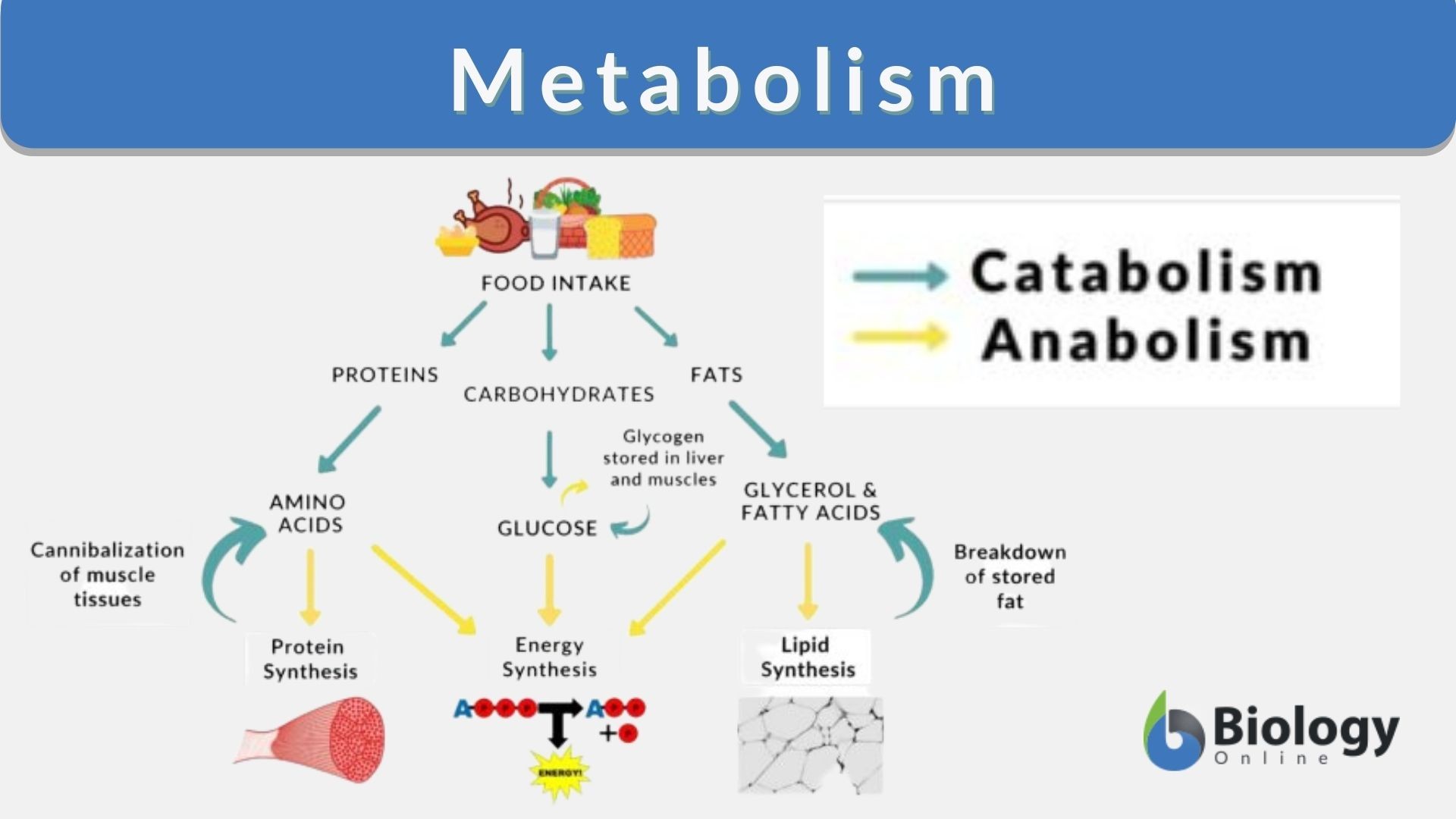
What is anabolism? Does it use energy or release energy? Provide an example.
Anabolism is the process of building more complex substances (synthesis)
small → big
uses energy
e.g. protein synthesis, lipid synthesis
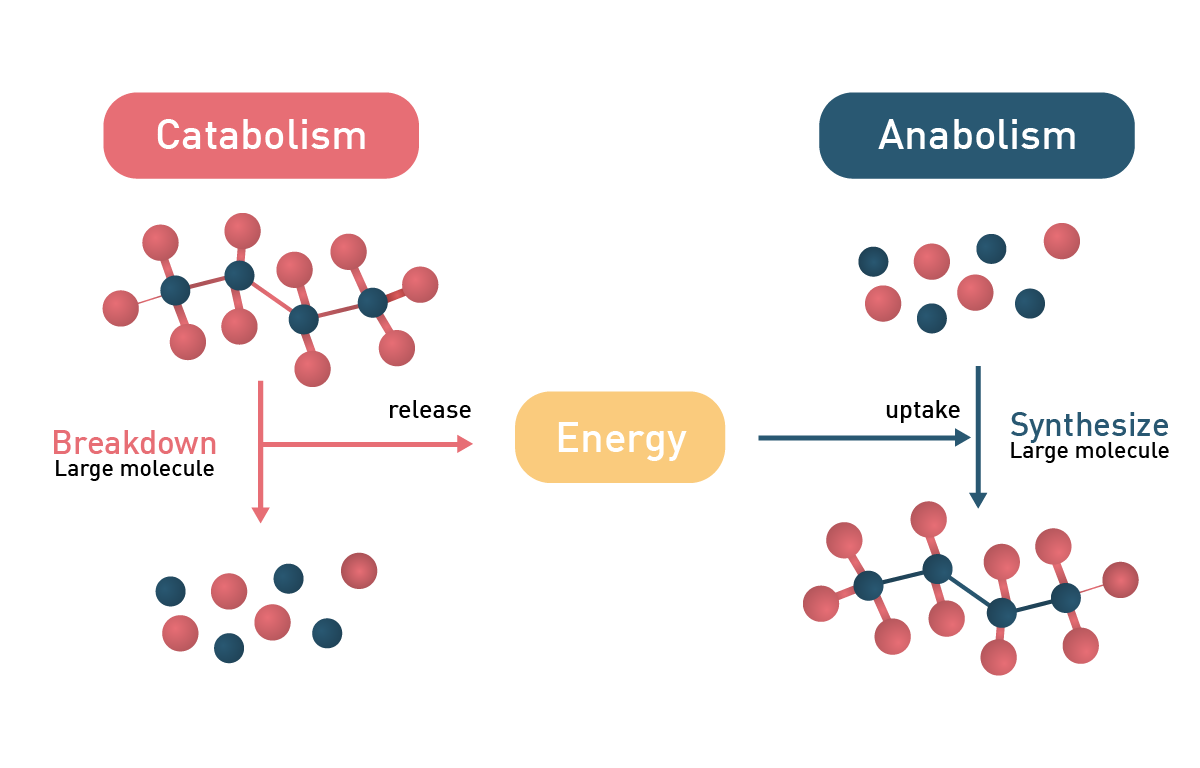
What is catabolism? Does it use energy or release energy? Provide an example.
Catabolism is the process of breaking down complex substances
big → small
releases energy
e.g. digestion of food into macronutrients
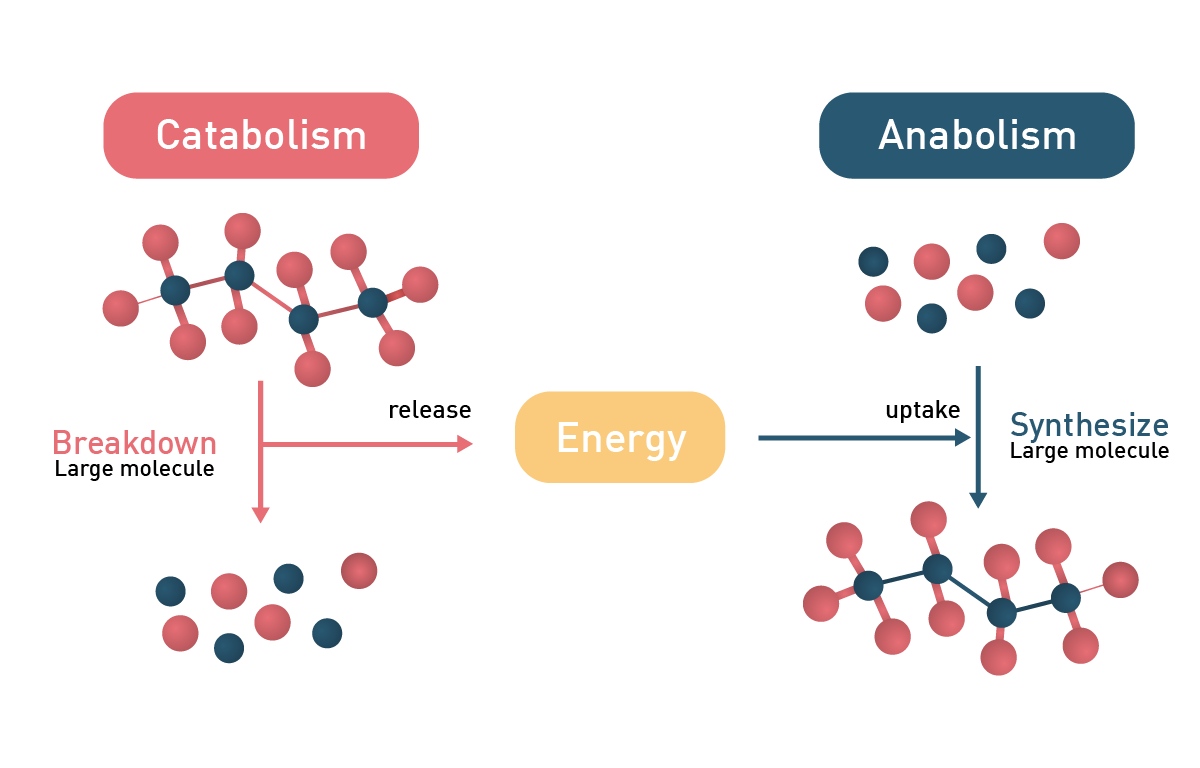
What is the difference between mitosis and meiosis?
Mitosis produces 2 identical daughter cells (somatic cells) with full sets of chromosomes.
Meiosis produces 4 different daughter cells (sex cells), each with ½ a set of chromosomes.
important for sexual reproduction and genetic diversity
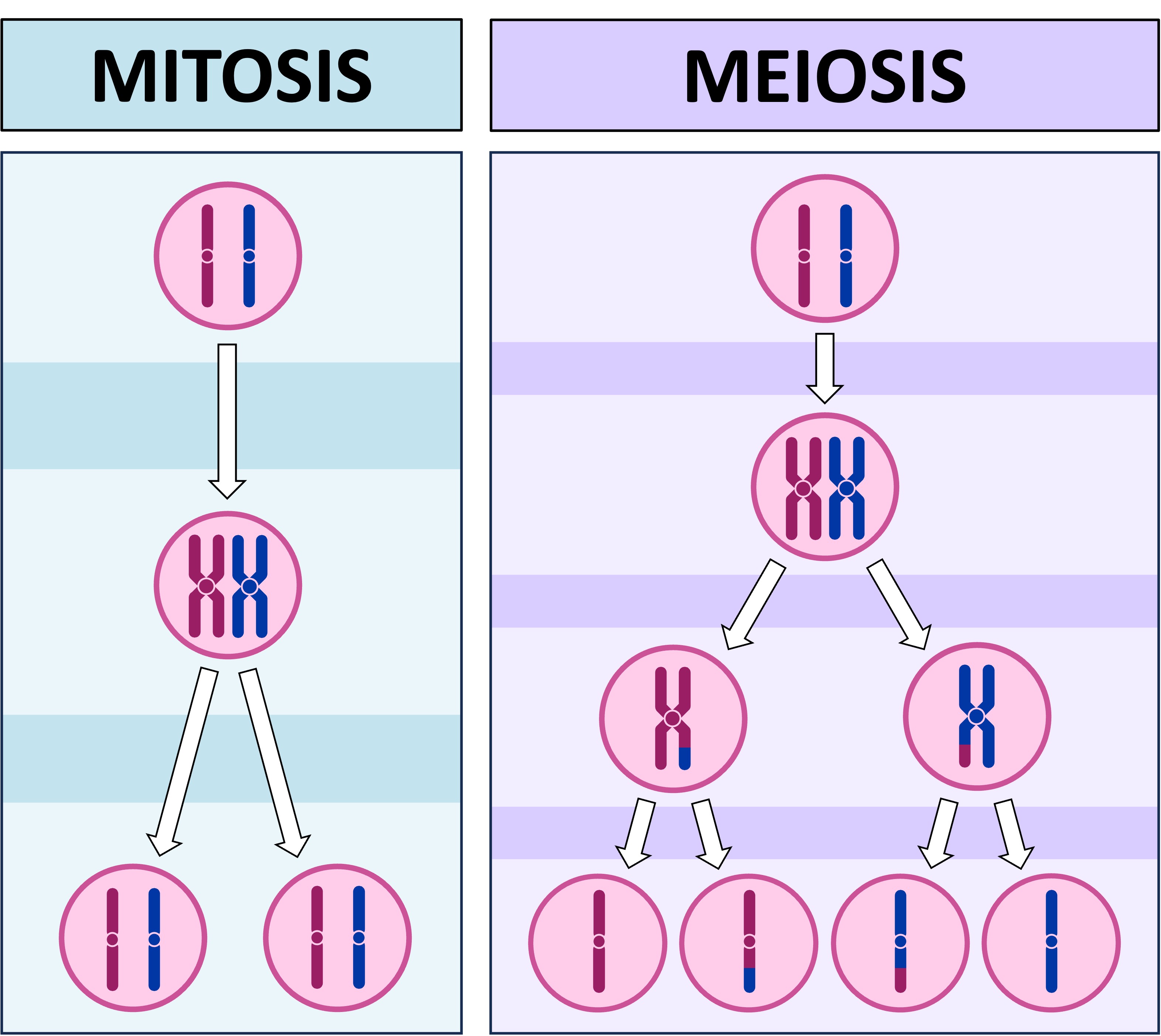
How are signs and symptoms different? List at least 2 examples of each.
Signs are objective and can be measured.
e.g. fever, high blood pressure, rash
Symptoms are subjective and experienced by the individual who is ill (not as easily observable)
e.g. dizziness, nausea, pain, blurry vision
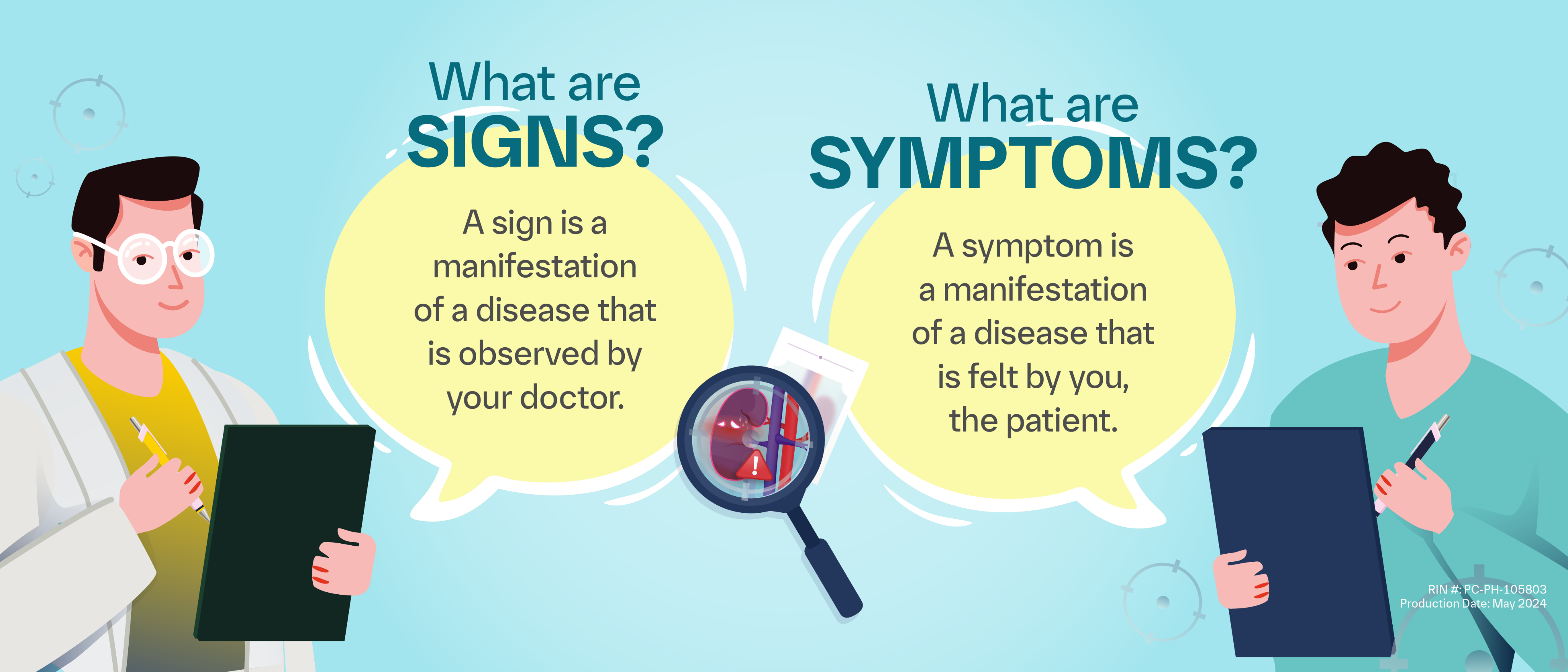
What is atrophy (in terms of cell growth)?
Decrease in cell size
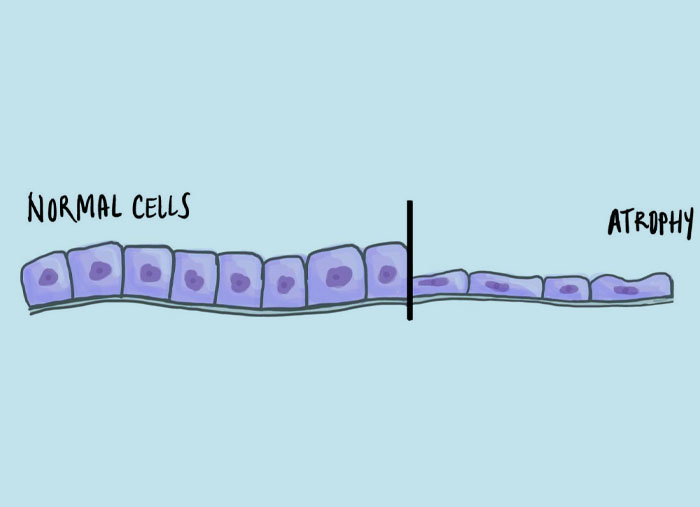
What is hyperplasia? (Hint: hyper means high)
Increase in the number of cells
What is metaplasia?
Conversion of one cell type into another
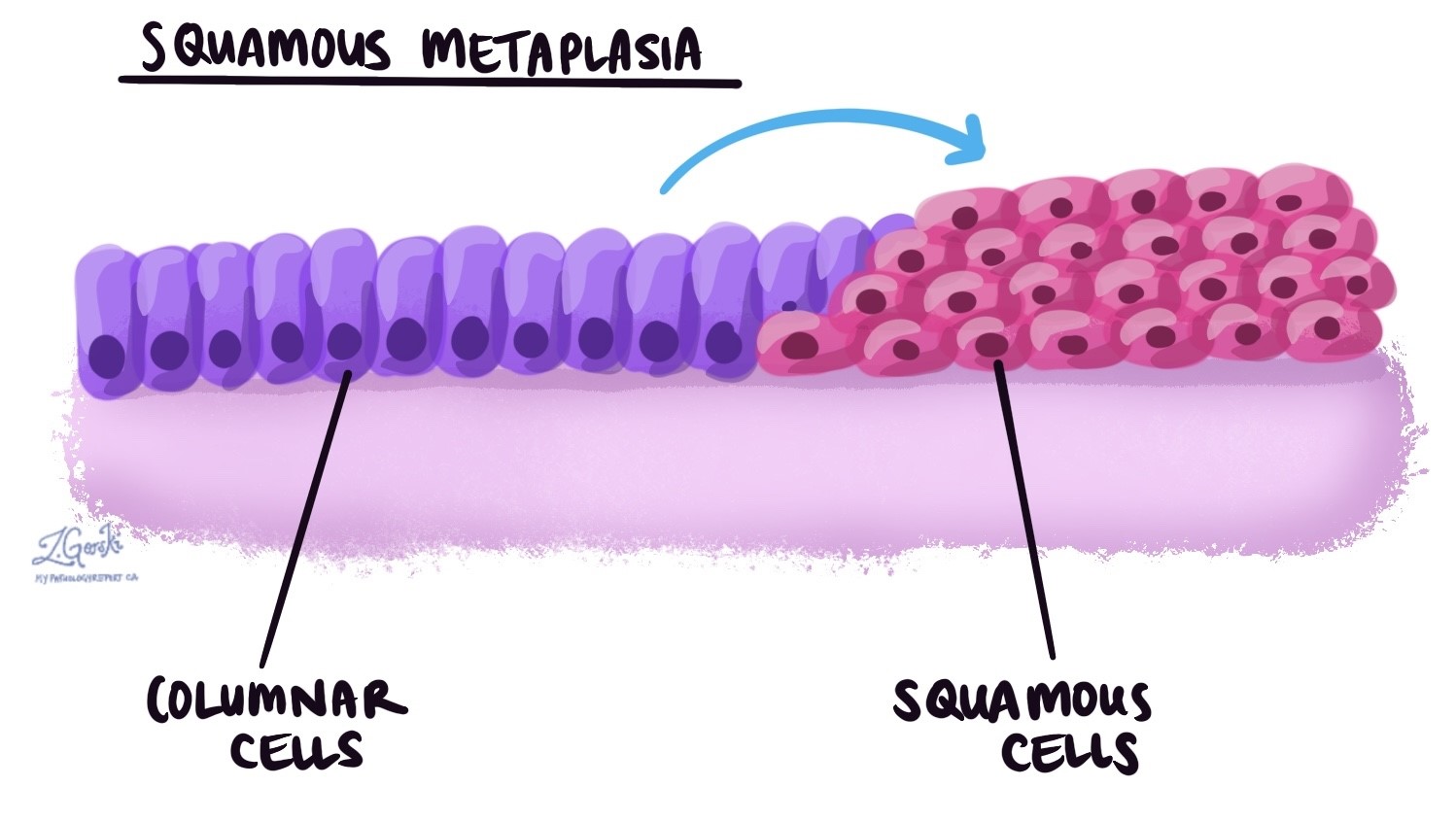
What is dysplasia?
Essentially when there is the presence of abnormal cells within a tissue/organ.
It is when cells change in shape and organization.
Considered the early stage of neoplasia (tumor formation)
Can develop into cancer if left untreated ☹
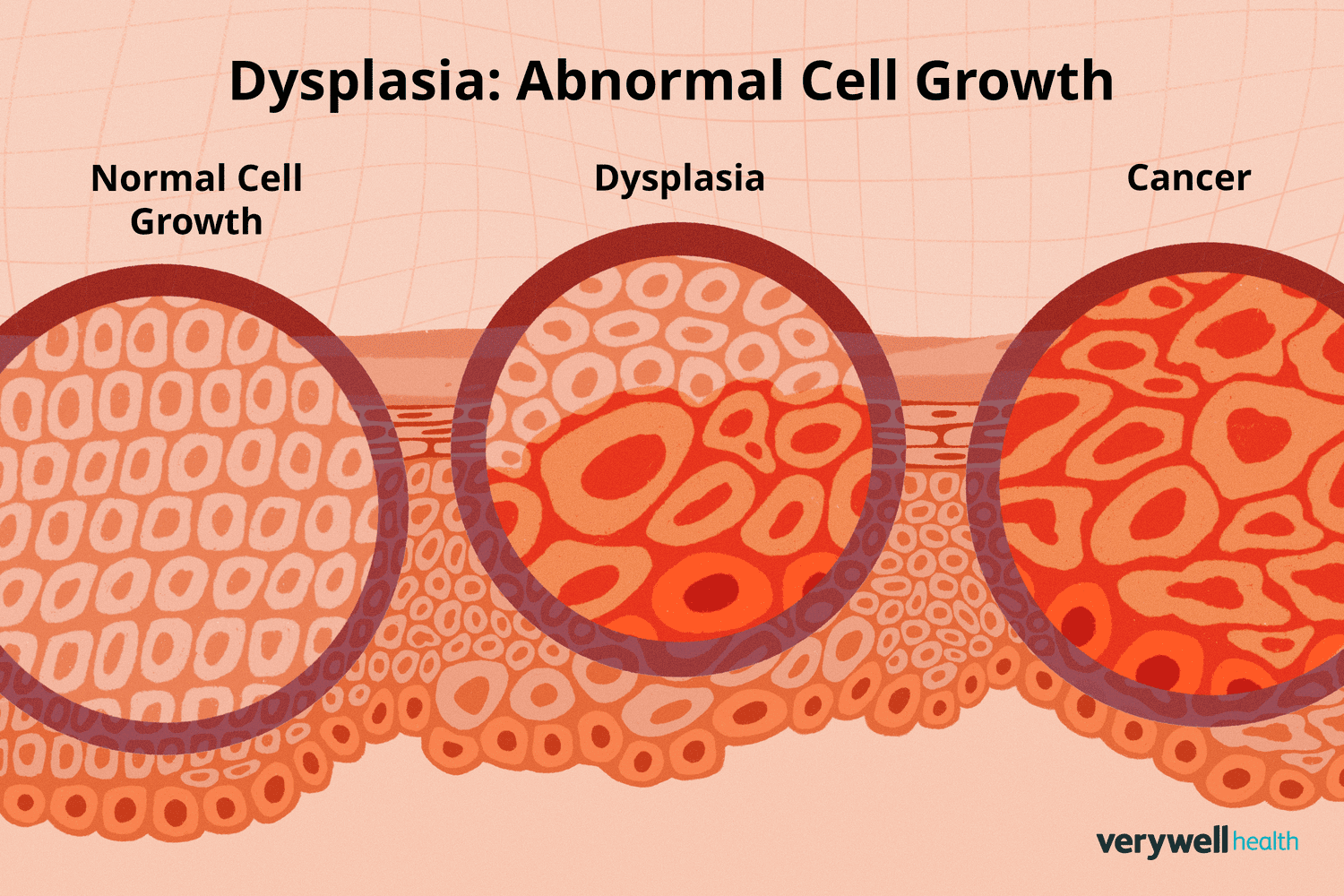
What is neoplasia?
Neoplasia is abnormal and uncontrolled growth of cells.
results in the formation of neoplasms (tumors)
can be either benign (harmless) or malignant (dangerous)
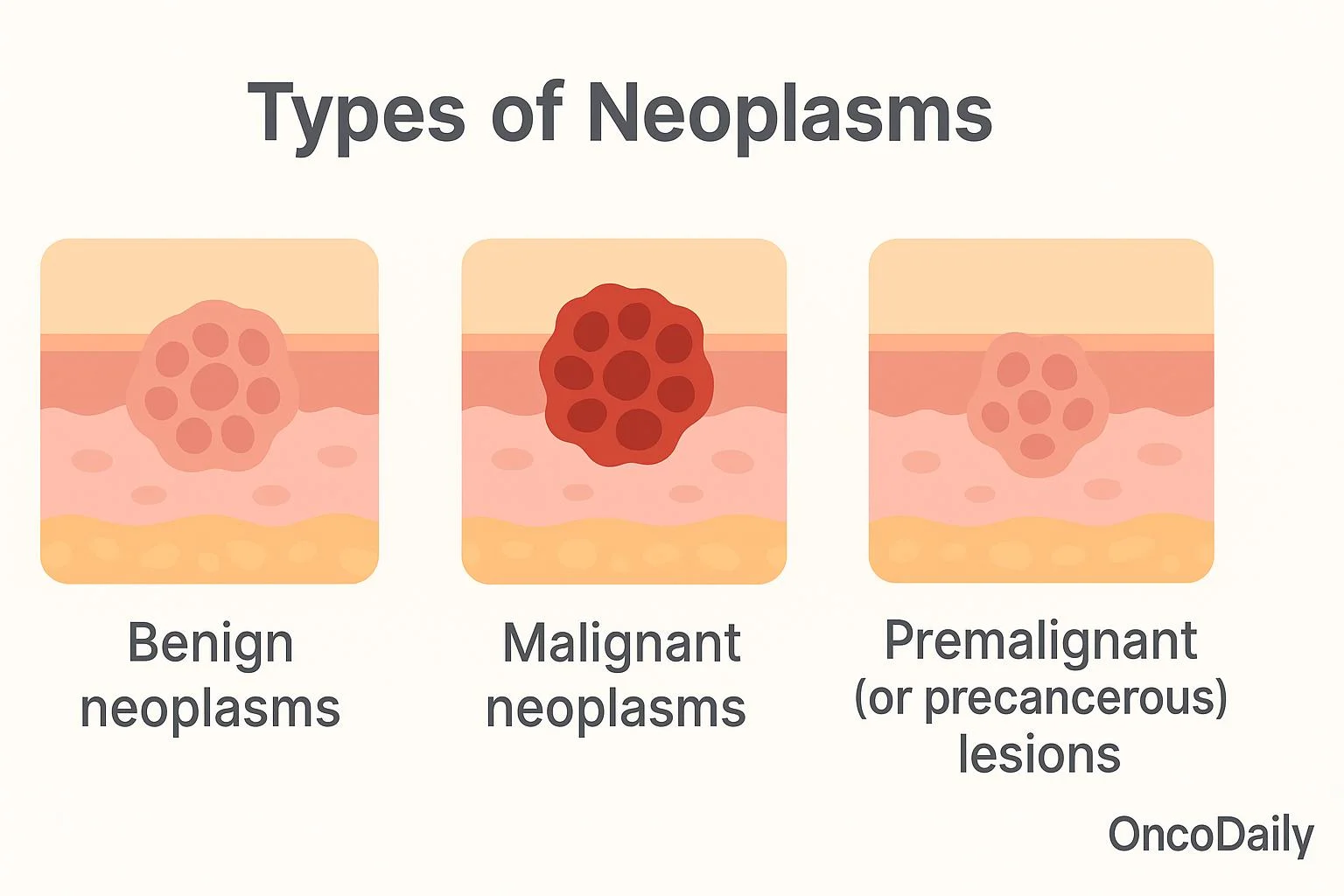
What is the integumentary system?
The integumentary system consists of the skin, hair, nails, and glands.
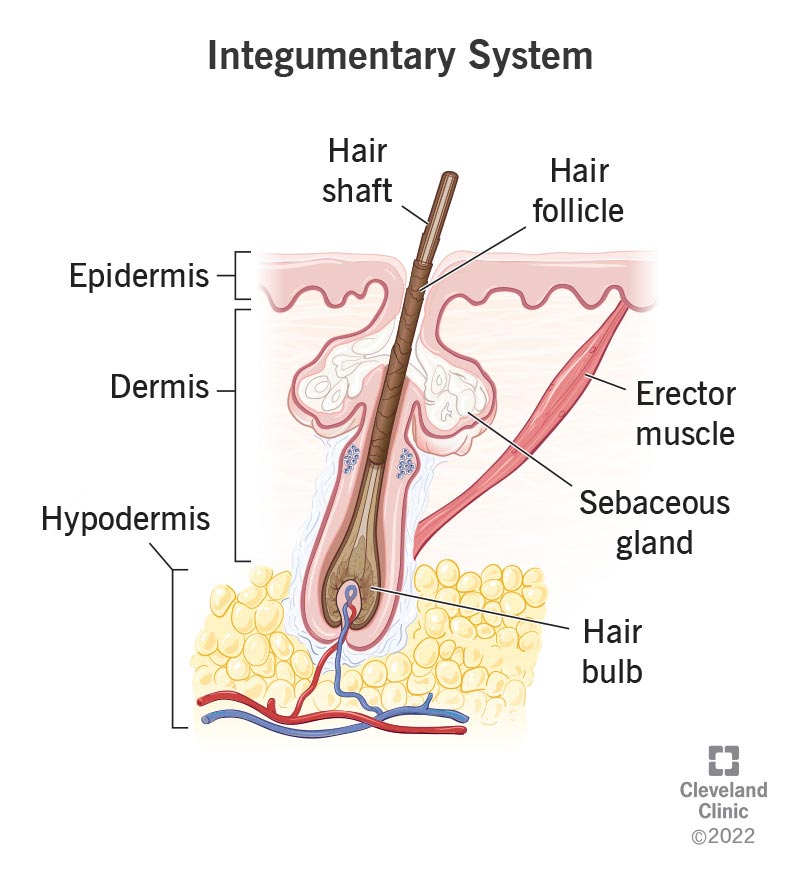
List at least 3 functions of the integumentary system.
Protects the body from external agents
Responds to touch and sensation
Regulates body temperature → sweating
Absorbs substances → skincare
Eliminates waste → sweating is a form of detox
Produces vitamin D upon UV exposure
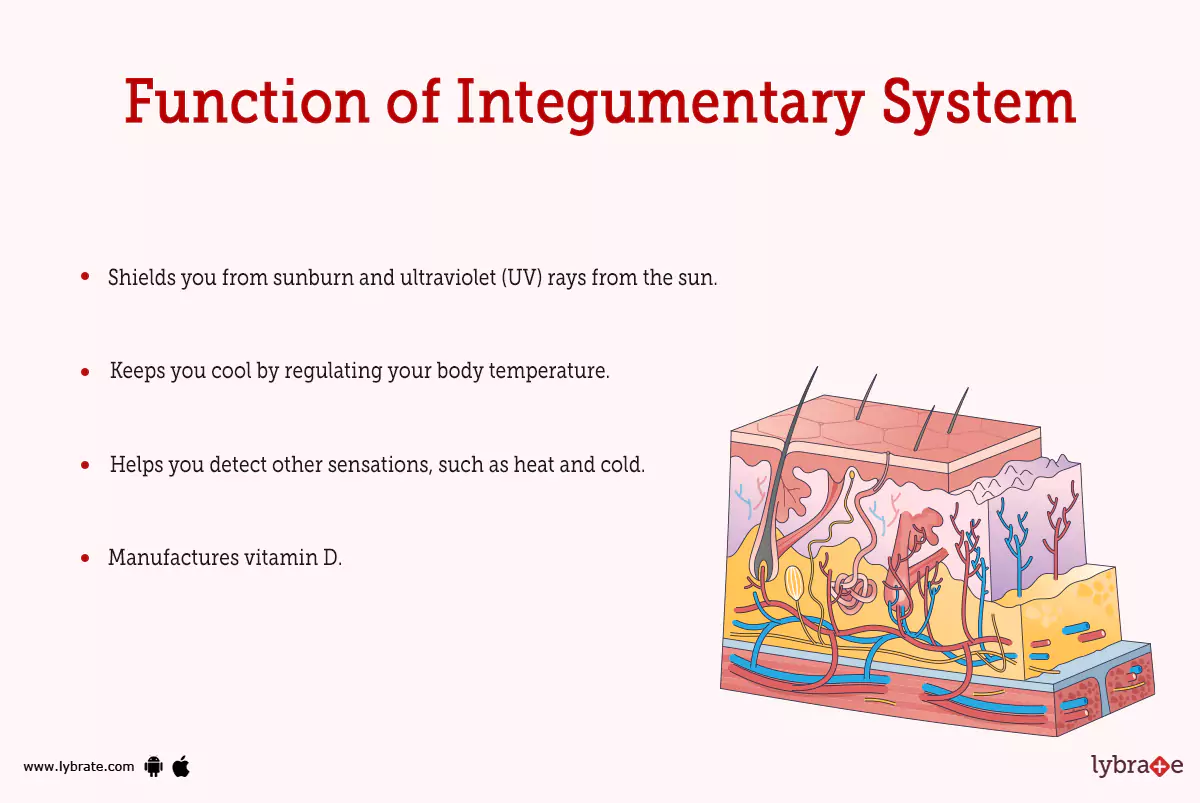
What are the three layers of skin? (List in the order of outermost to innermost)
Epidermis (outermost layer)
Dermis (middle layer)
Hypodermis / Subcutaneous Layer (innermost layer)
What is the epidermis? What is its function?
The epidermis is the outermost layer of the skin.
Primary Function:
Acts as a protective layer for the body, shielding it from external threats like pathogens, UV radiation, and mechanical damage
Holds water and allows skin hydration
Produces new skin cells
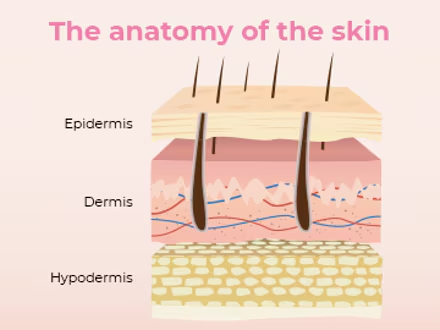
What is the dermis? What is its function?
The dermis is the middle layer of the skin and is composed of collagen and elastin (makes up the skin structure).
Function:
blood vessels
nerve endings → allow you to feel sensations (pain, heat, cold, itchiness)
sweat glands → produces sweat (regulates body temp)
sebaceous glands → produces oil (sebum)
hair follicles → produces hair
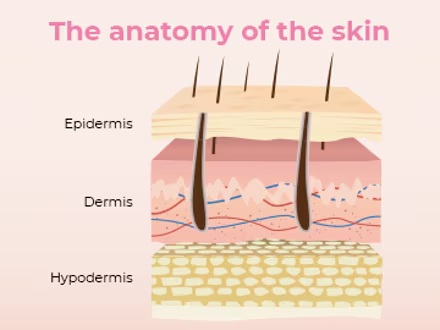
What is the hypodermis? What is its function?
The hypodermis, also known as the subcutaneous layer, is the innermost layer of the skin.
Function: Mainly composed of fat cells (adipocytes) and connective tissues
fat cells → insulates and cushions body, stores energy
connective tissues → connects dermis layer to muscle and body
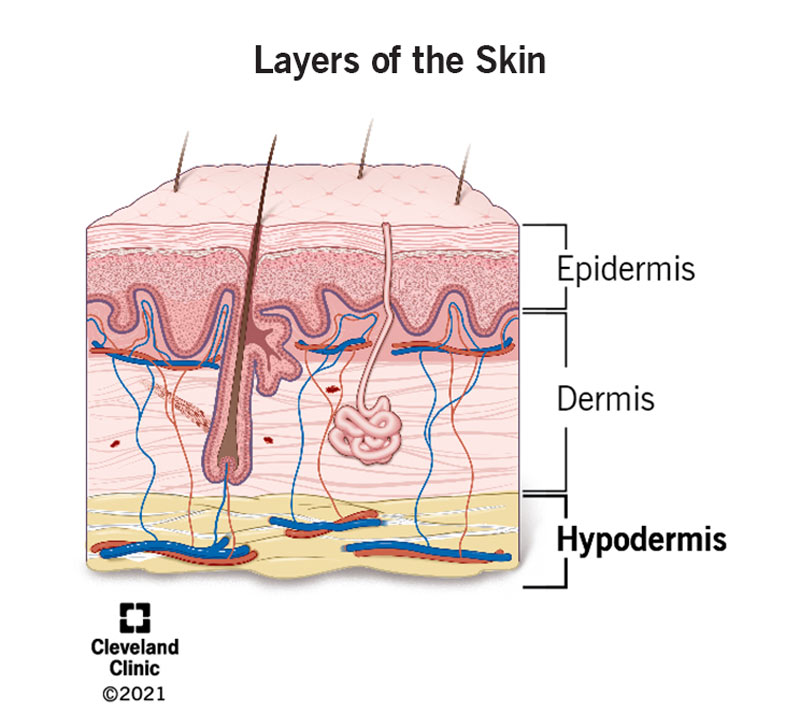
What are the two different skin pigments?
Melanin: brownish-black pigment
absorbs harmful UV ray to protect skin
Carotene: yellowish-red pigment (Think: carrots)
contributes to skin tone
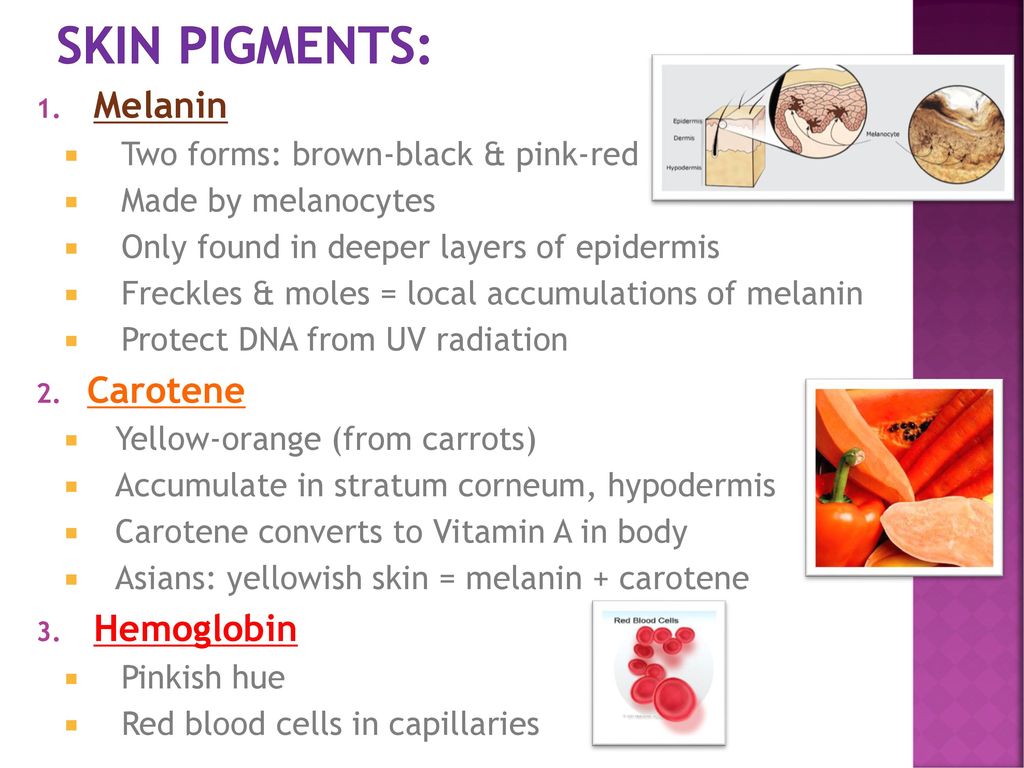
What are sudoriferous glands?
Sweat glands!!
What are sebaceous glands?
Oil (sebum) glands!!
What two parts is the hair composed of?
The hair is composed of the root and shaft.
Root: located beneath the skin within the hair follicle
Shaft: part of the hair we see and style
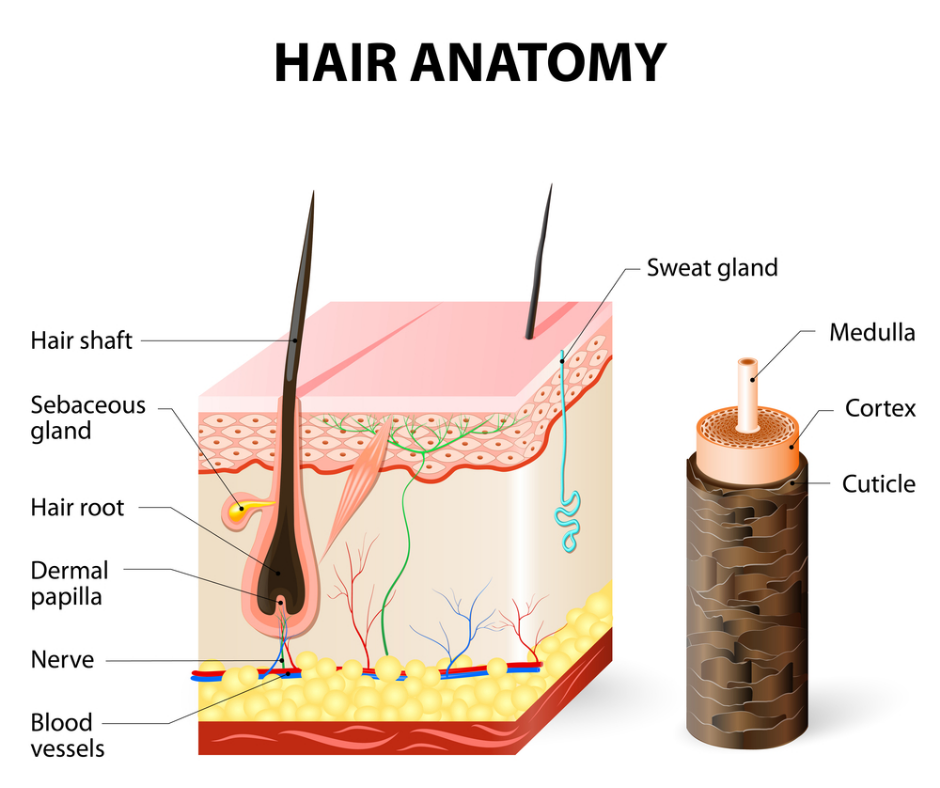
What is the nail made up of? What is its function?
The nail is made up of dead epithelial cells compacted in the nail bed.
It protects the fingers from injury.
What is albinism? What traits do individuals with albinism have?
Albinism is a condition characterized by the absence of pigment in skin, hair, and eyes.
Physical traits: pinkish skin and pale hair (blonde or white)
Sensitivity to light (due to lack of pigment in eyes)
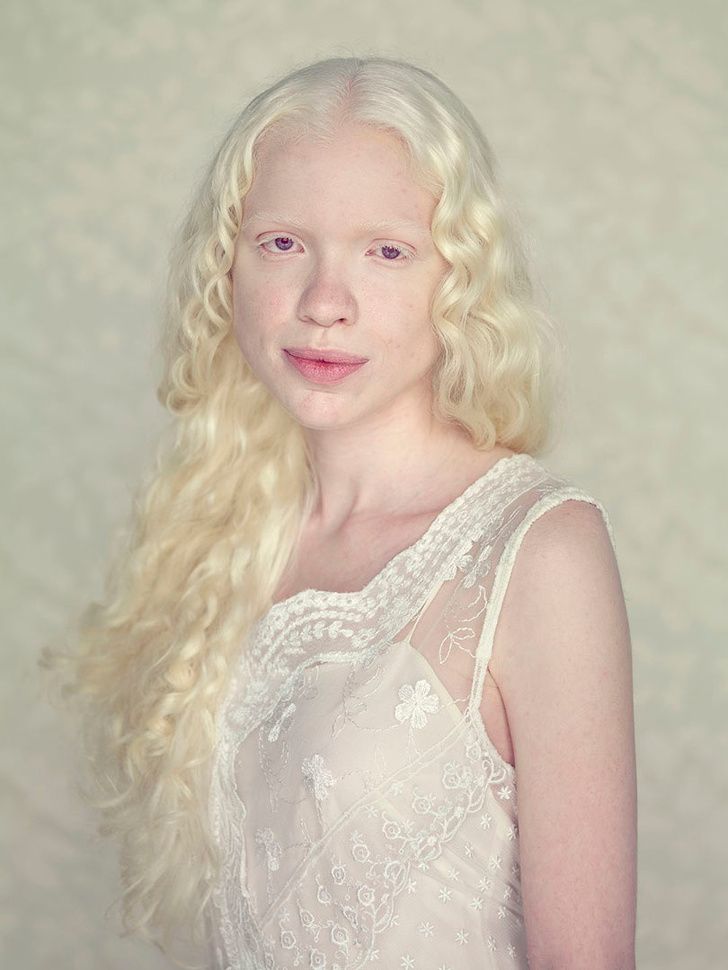
Skin Color Indication of Disease:
What can cause gray or brown discoloration in the skin?
Chronic Poisoning Effects!!
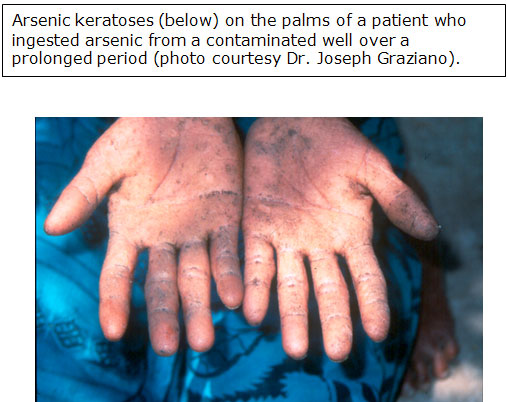
Skin Color Indication of Disease:
What can cause reddish skin?
Burns or clogged blood vessels (erythema)
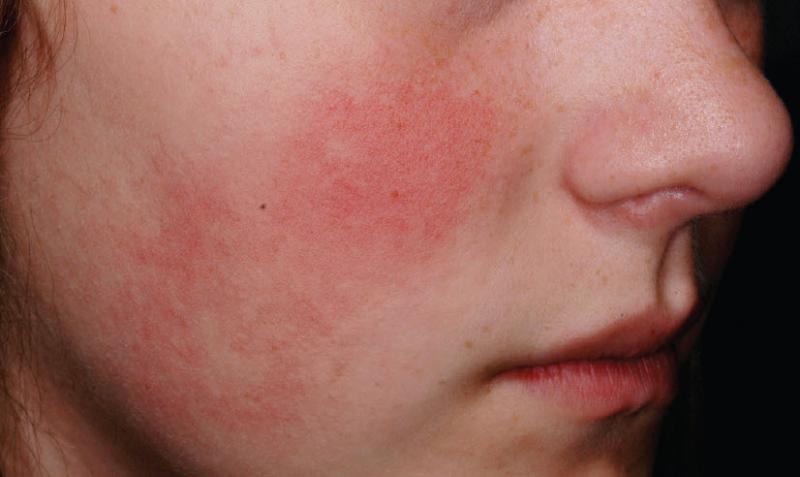
Skin Color Indication of Disease:
What can cause bluish skin?
Cyanosis: Low oxygen levels in the blood
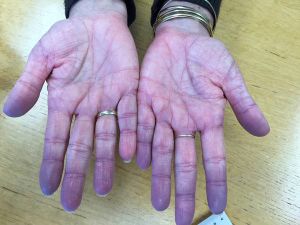
Skin Color Indication of Disease:
What can cause yellow skin?
Jaundice: possible liver or gallbladder disease
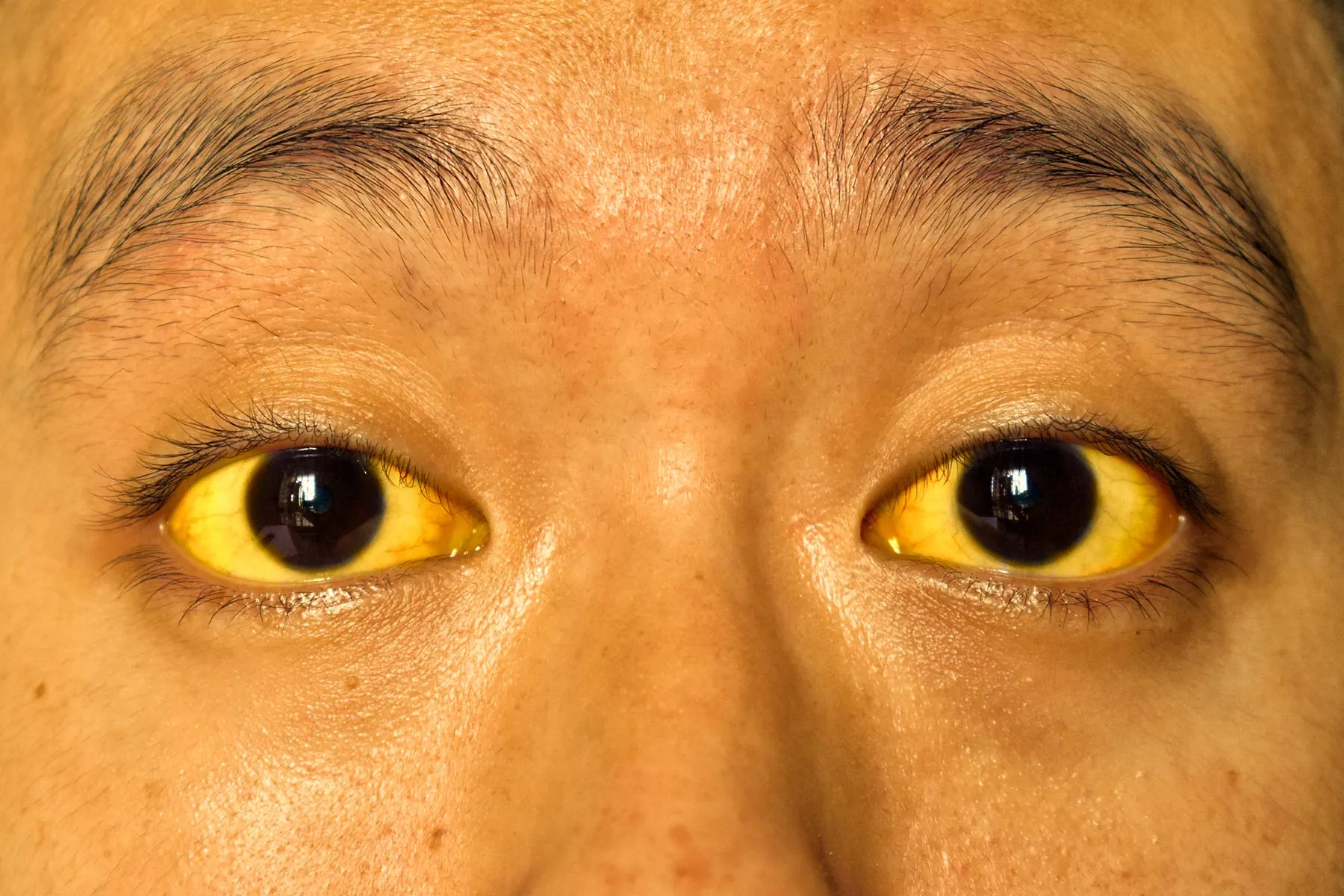
What is psoriasis? (cause, symptom, treatment)
Cause: excessive production of epidermal cells (stress-related)
Symptoms: dry, red patches (plaques) with silvery white scales across the body
Treatment: no cure, but can be eased with topical ointment and UV light exposure
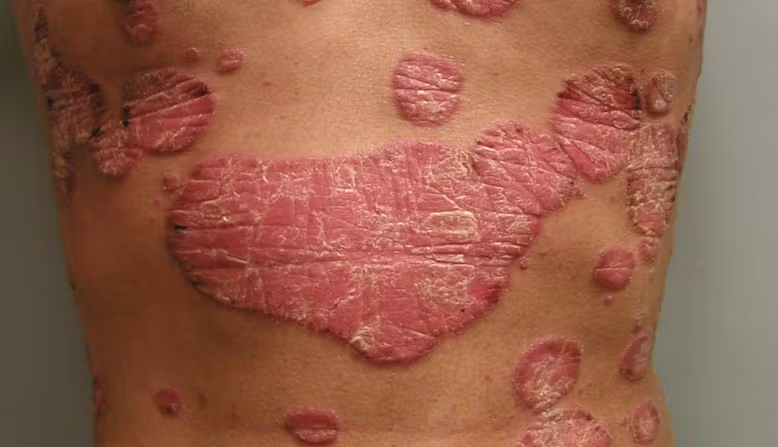
What are the primary functions of the skeletal system?
Provides shape and support to the body
Protects vital organs
Works with the muscles to allow movement
Produce blood cells (e.g. bone marrow)
Stores calcium
There are 4 bone shapes: long bones, short bones, flat bones, and irregular bones. List at least 1 example for each bone shape.
Long bone: arms and legs
Short bone: wrists and ankles
Flat bone: skull and shoulder blades
Irregular bone: vertebrae (bones of the spinal cord)
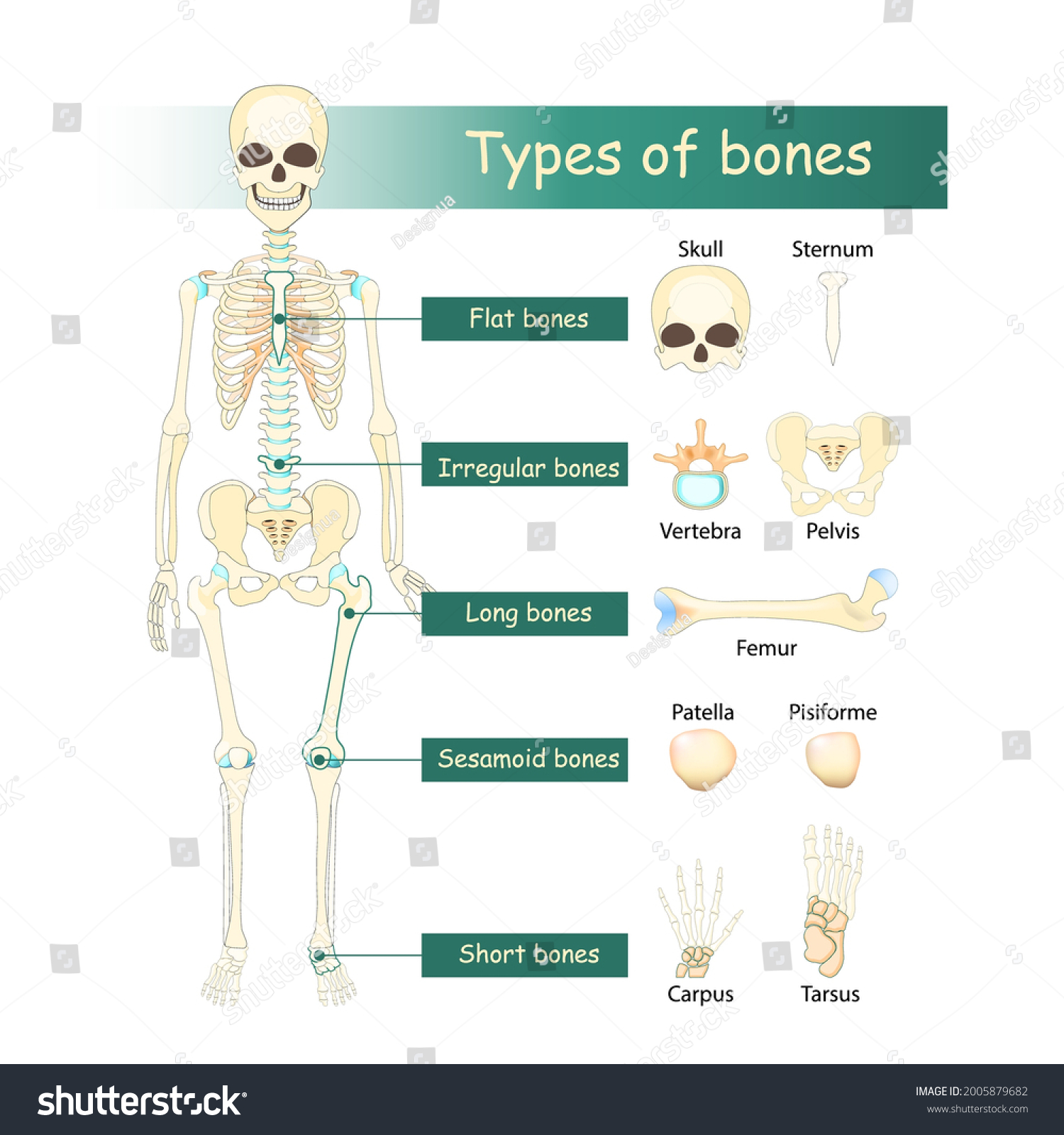
What is the diaphysis?
The diaphysis is the longest part of a long bone.
aka. shaft (main section)
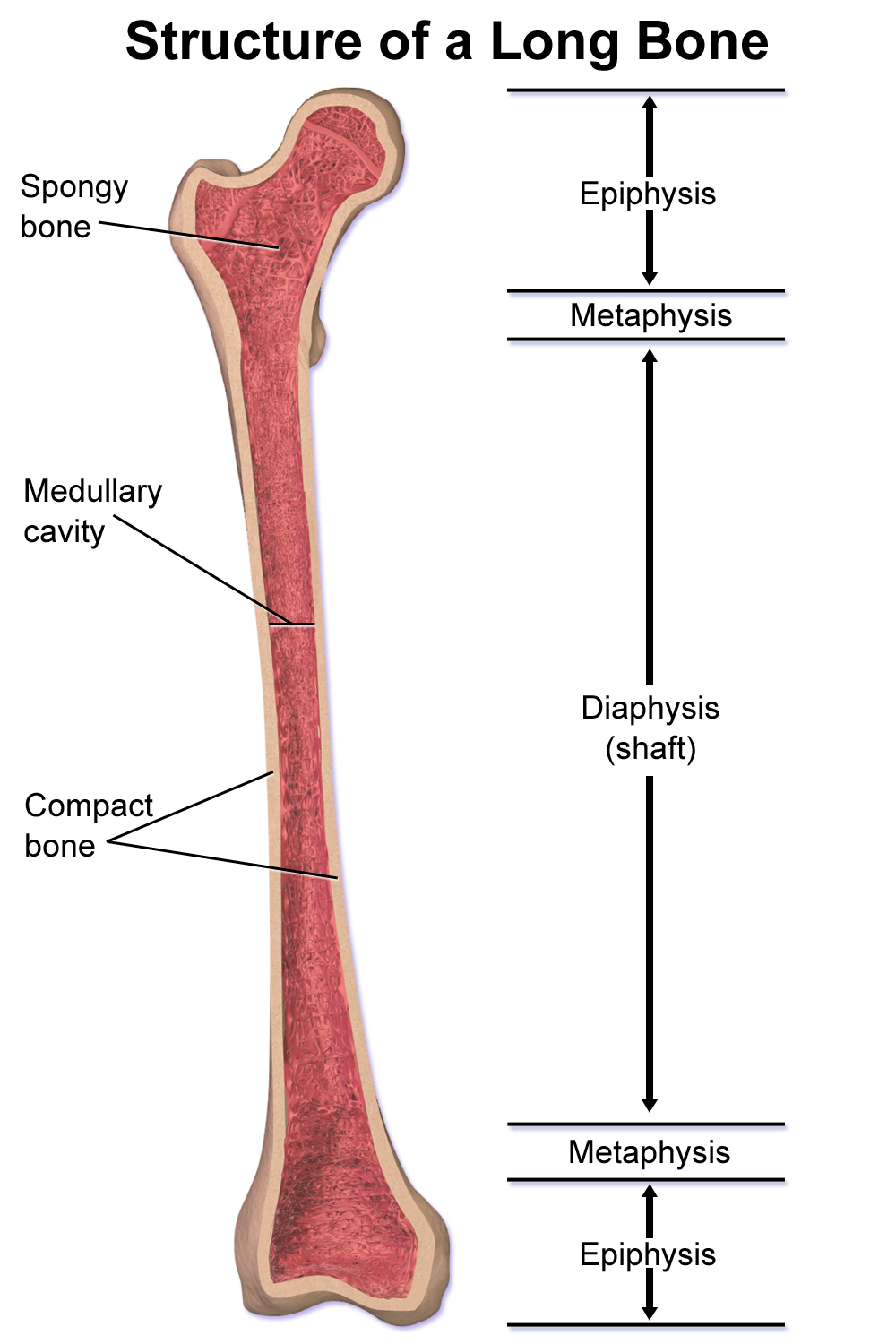
What is the epiphysis?
It is the rounded end of a long bone, typically where it joins with another bone.
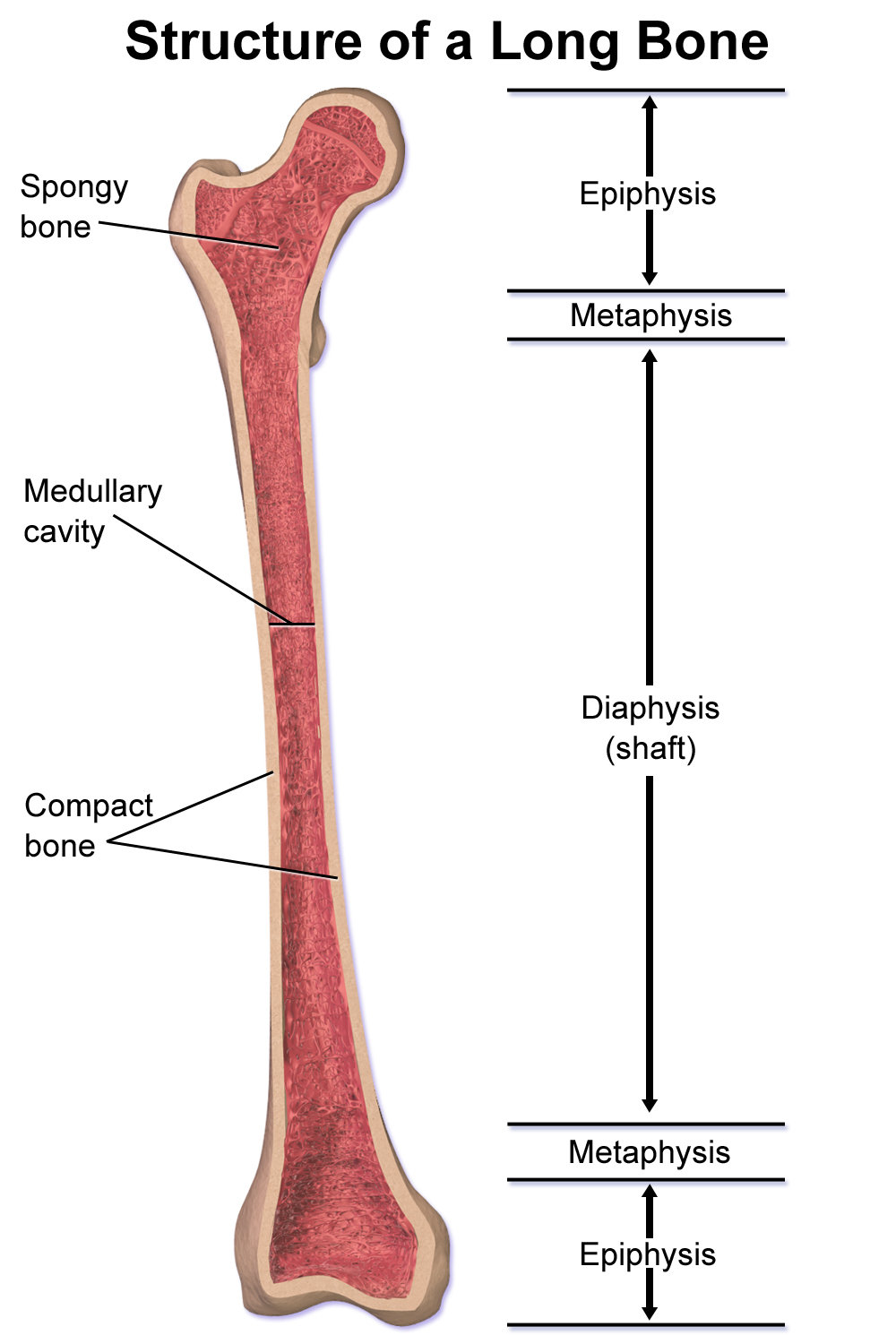
What is the articular cartilage?
It is a thin layer of cartilage that covers the epiphysis. It serves to absorb the shock where two bones meet to form a joint.
Real Life Application: The articular cartilage wears out with age → why it becomes painful to walk for mainly older people
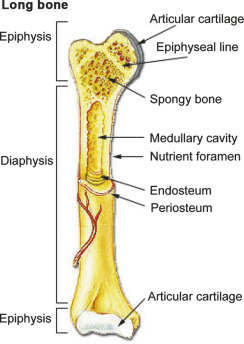
What is the periosteum?
It is the tough, fibrous tissue that covers the outer layer of bone. It supplies blood to the bones, allows sensation, and growth.
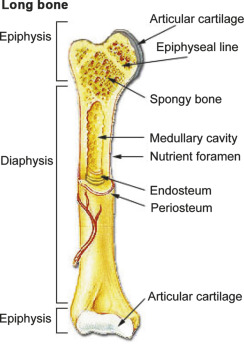
What is the medullary canal?
It is the cavity in the center of the shaft, where marrow is stored.
site of blood cell formation
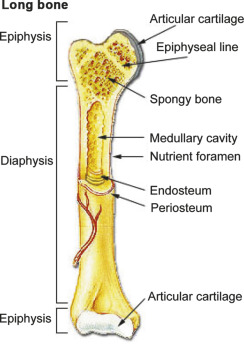
What is the endosteum?
It is a thin layer of tissue that lines the inner layer of the medullary cavity.
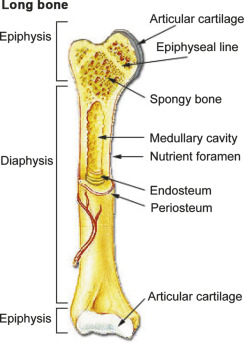
What is the function of bone marrow?
It is important for making blood cells!
How is red marrow different from yellow marrow?
Red marrow produces red blood cells, platelets, and some white blood cells.
Yellow marrow is mainly composed of fat cells and serves as fat storage
can produce blood cells in case of emergencies → adaptability
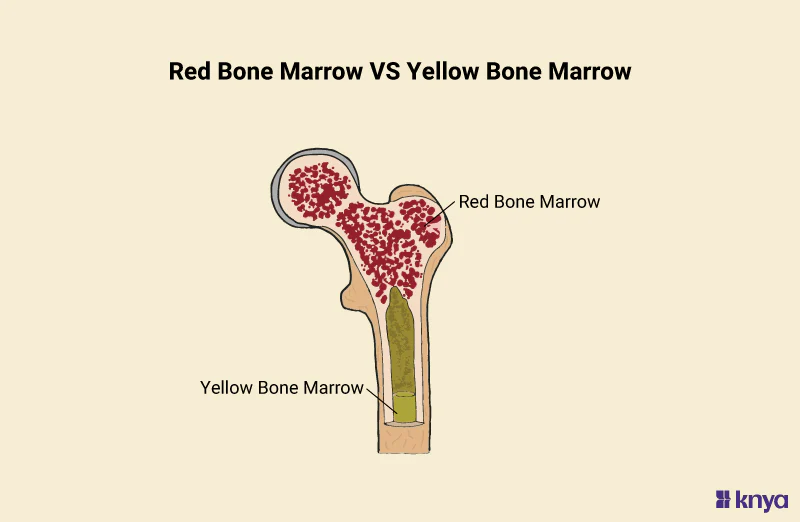
What are ligaments? What is its function?
Ligaments are tough, fibrous bands of connective tissue. It serves to support internal organs and hold bones together at the joint.
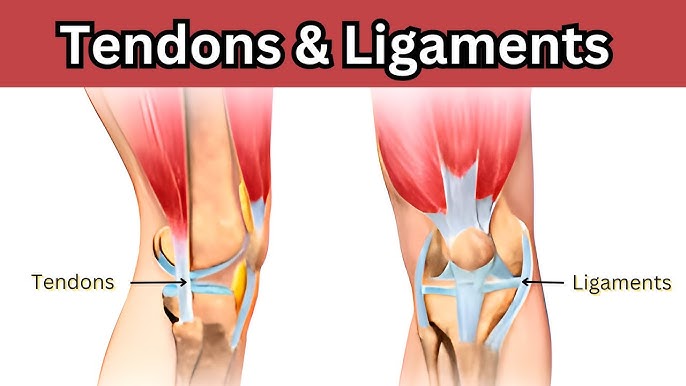
What are joints? List the three main classes of joints.
Joints are any place in your body where two or more bones meet.
Three classes:
fibrous joints (no movement)
cartilaginous joints (partial movement)
synovial joints (free movement)
What are fibrous joints? Characterize its movement (synarthrosis, amphiarthrosis, or diarthrosis)
Fibrous joints are connected by dense connective tissues consisting mainly of collagen
synarthrosis → immobile (not movable)
What are cartilaginous joints? Characterize its movement (synarthrosis, amphiarthrosis, or diarthrosis)
Cartilaginous joints are connected entirely by cartilage
amphiarthosis → partially movable
more mobile that fibrous joint, but less mobile than synovial joint
What are synovial joints? Characterize its movement (synarthrosis, amphiarthrosis, or diarthrosis)
Synovial joints are the most common joints in the body (e.g. elbows and knees)
diarthrosis: freely movable
contain a lubricating fluid to reduce friction and allow for smooth motion
The skull consists of… (Hint: 4 parts)
the cranium bones (skull) and sutures
the facial bones and sinuses
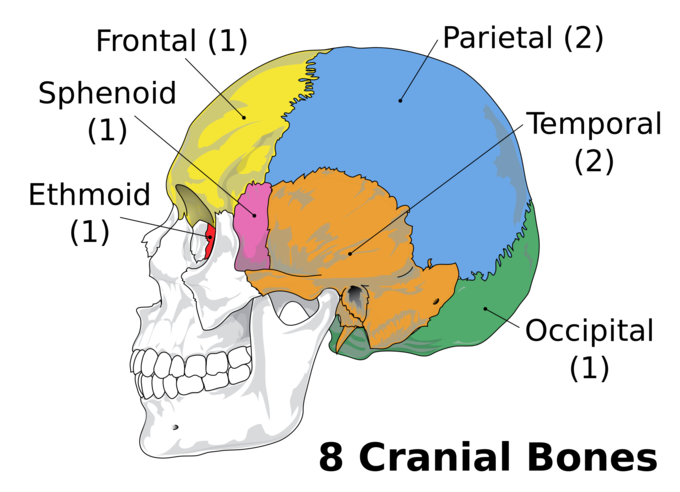
What are sutures?
Sutures are a type of fibrous joint (immovable) that connect the bones of the skull
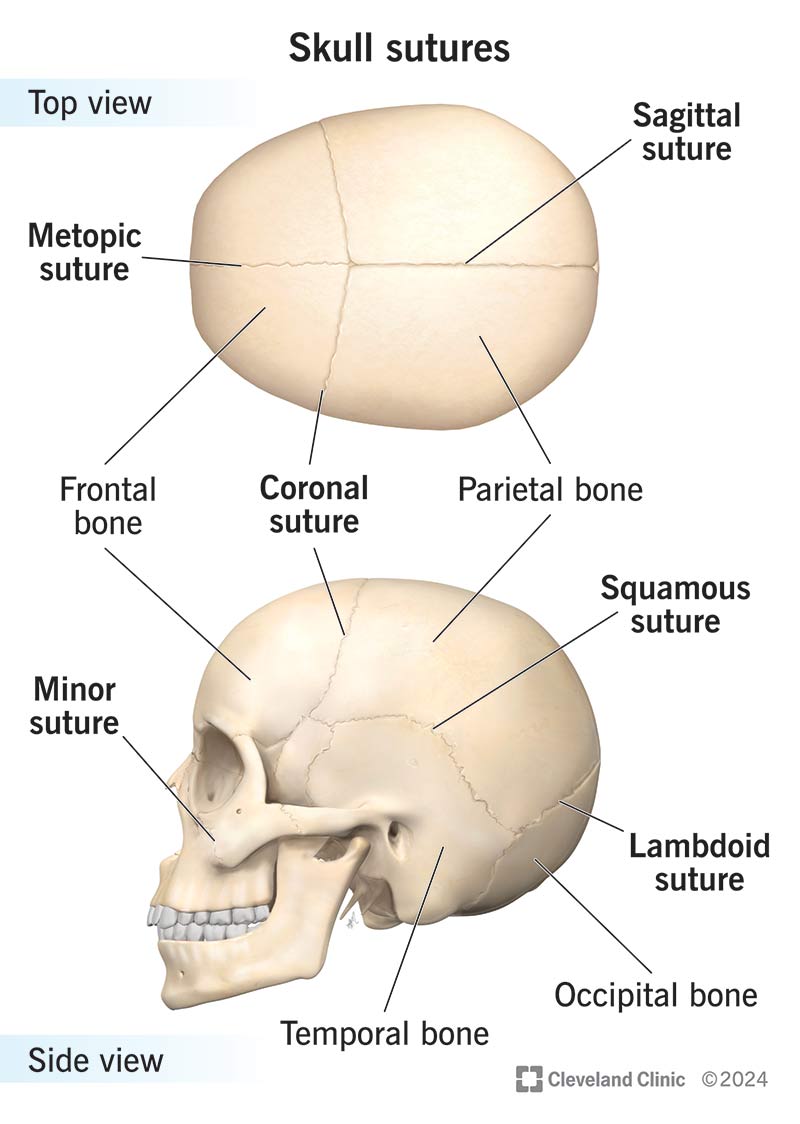
What are sinuses?
Sinuses are air-filled cavities within certain skull bones (e.g. paranasal sinuses)
Purpose: lightens the skull, heats and humidifies air, increases voice resonance
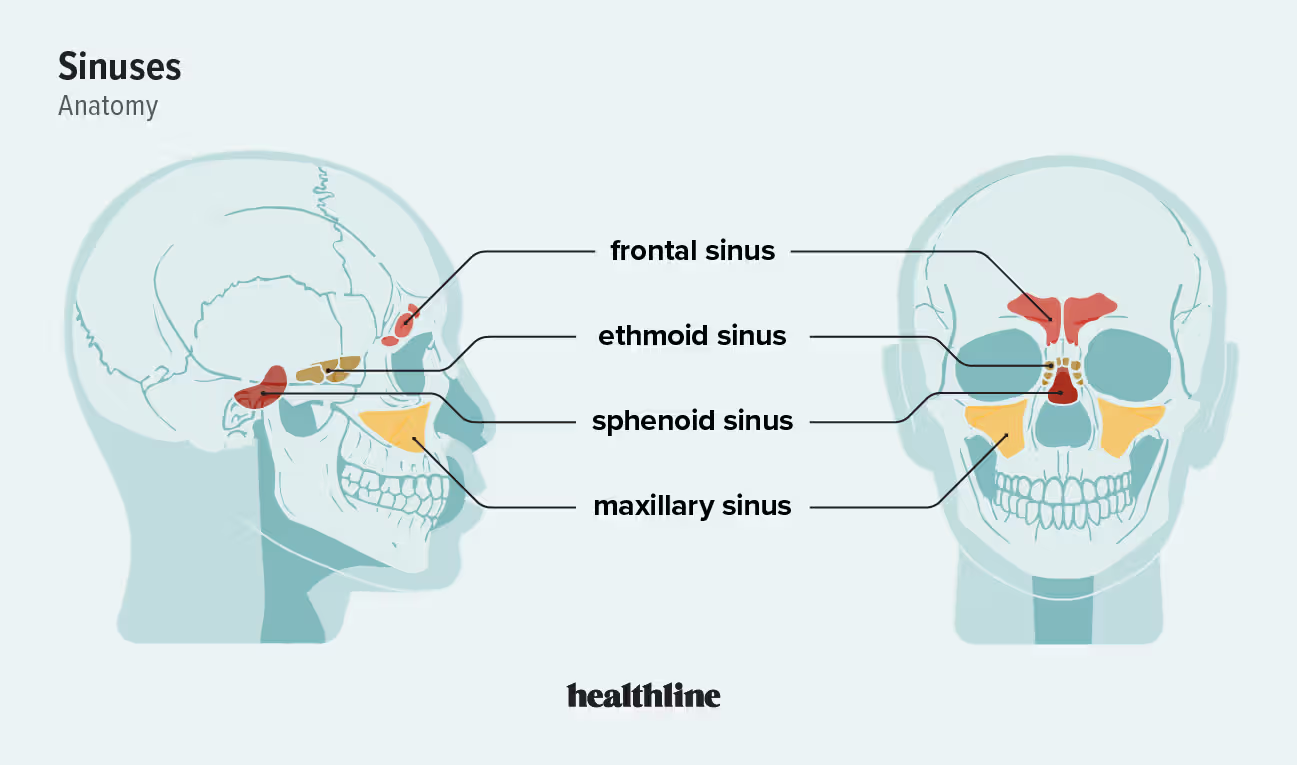
How many vertebrae does the spinal column (vertebrae column) include?
33 vertebrae (7 of which make up the neck)
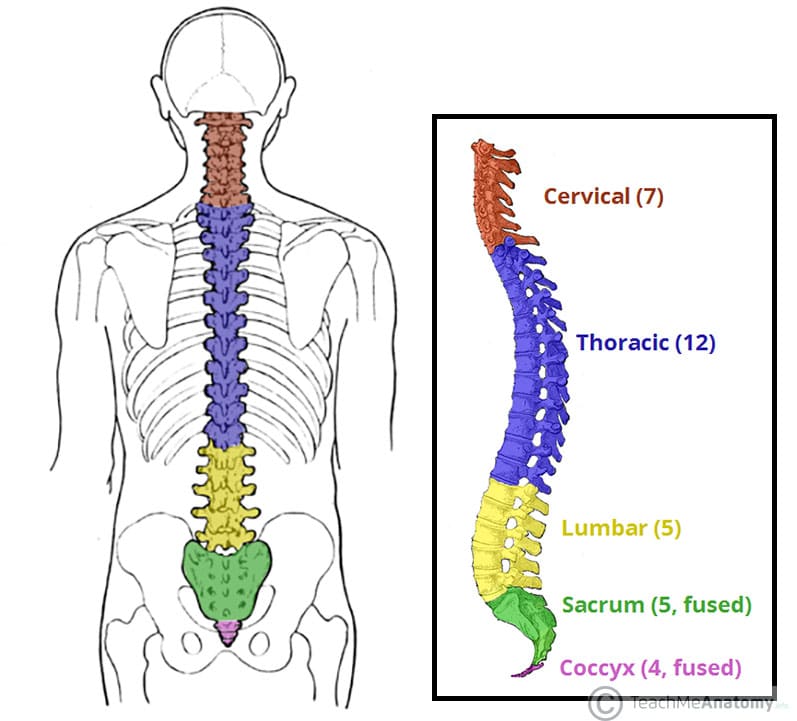
What is the function of the vertebrae column?
It encloses and protects the spinal cord.
It supports the head and trunk.
What are discs, and what is its relationship to the vertebrae?
Discs of cartilage tissue separate each vertebrae in the spine, cushioning the bones and allowing movement.
prevents vertebrae from grinding against each other
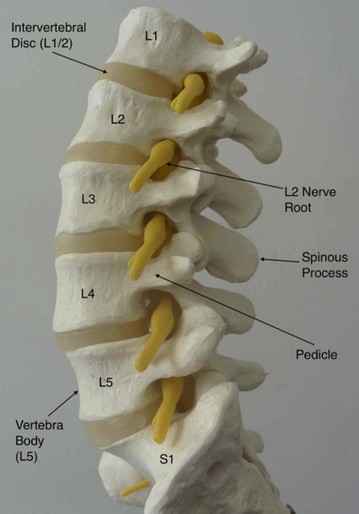
What is the thorax?
The thorax is also known as the chest cavity.
Function: protects the heart and lungs!!
made up of the ribs and sternum
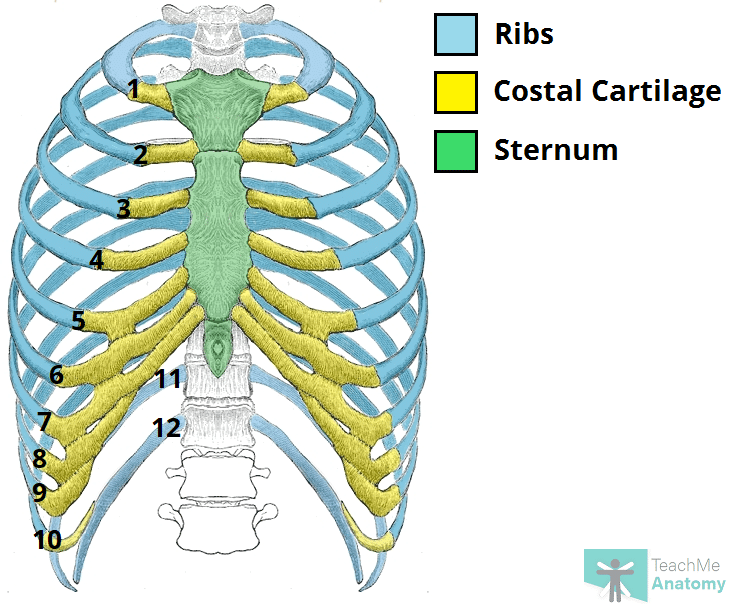
What is another term for rib?
costae!!
How many pairs of ribs are there?
There are 12 pairs of ribs (24 ribs total) → makes up the rib cage
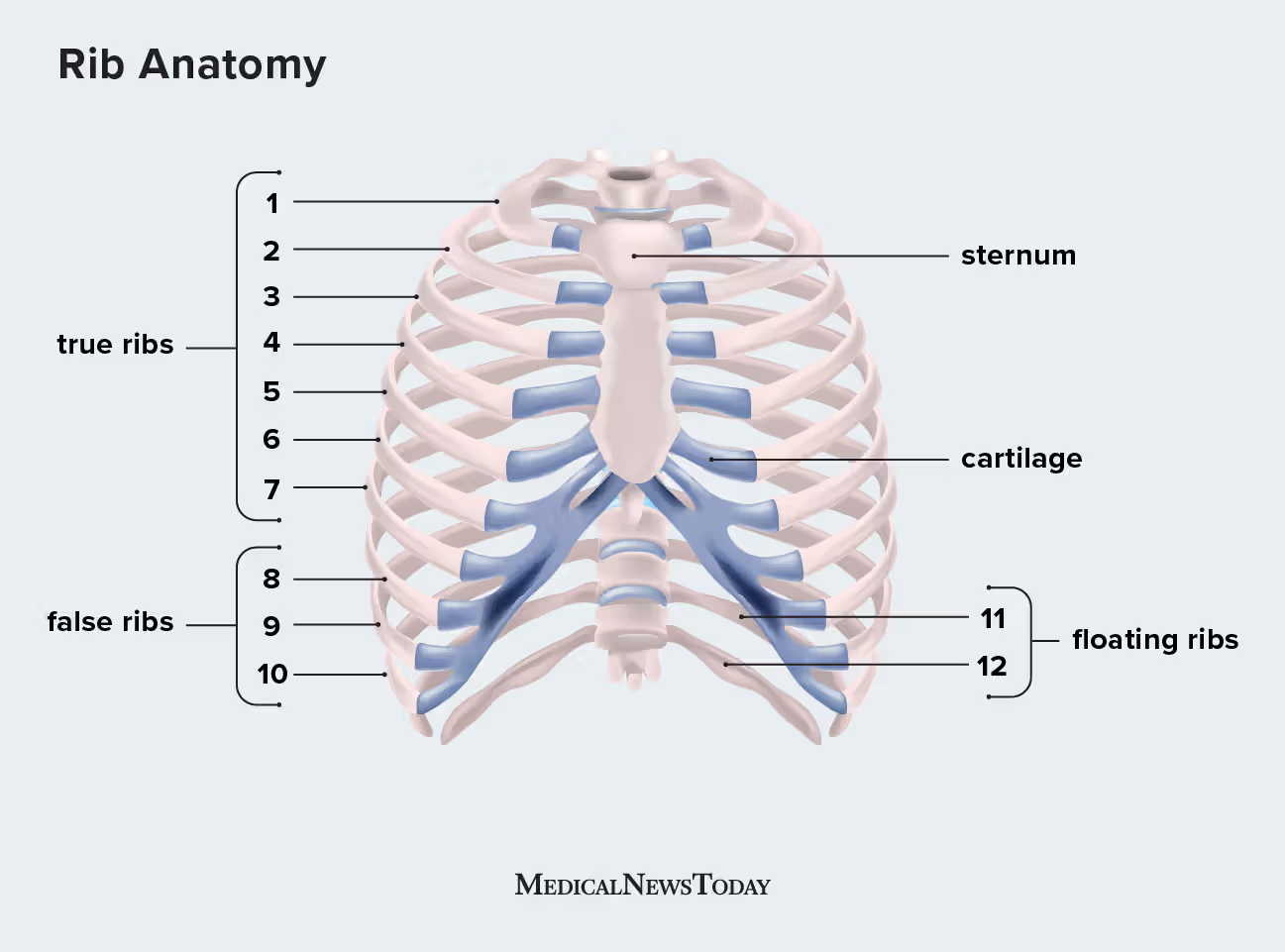
What are the three parts of the sternum?
Manubrium: upper region of sternum; attached by ligaments on both sides to the clavicles
Gladiolus: the body of the sternum (main part)
Xiphoid Process: small piece of cartilage at the bottom
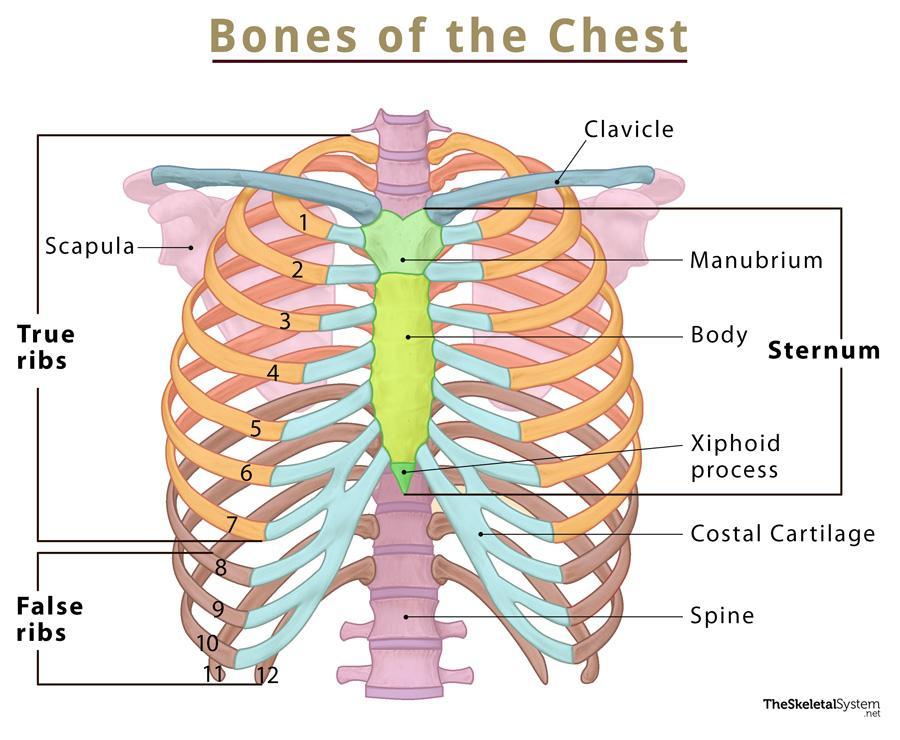
What is another name for the shoulder girdle?
Pectoral girdle!!
How many bones does the shoulder girdle have?
4 bones!
2 clavicles (collarbones)
2 scapulas (shoulder bones)
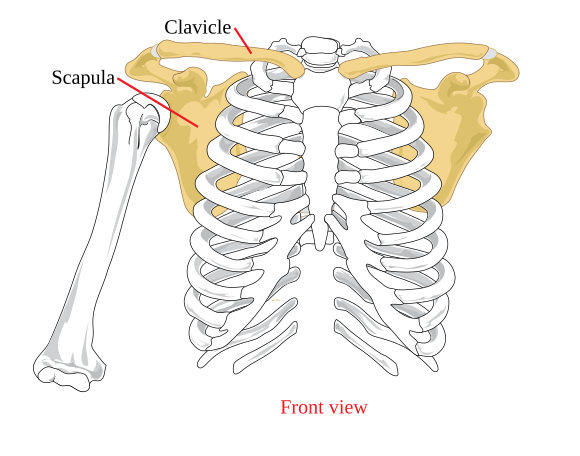
What 3 bones are arms made up of?
Humerus (upper arm)
Ulna and Radius (forearm)
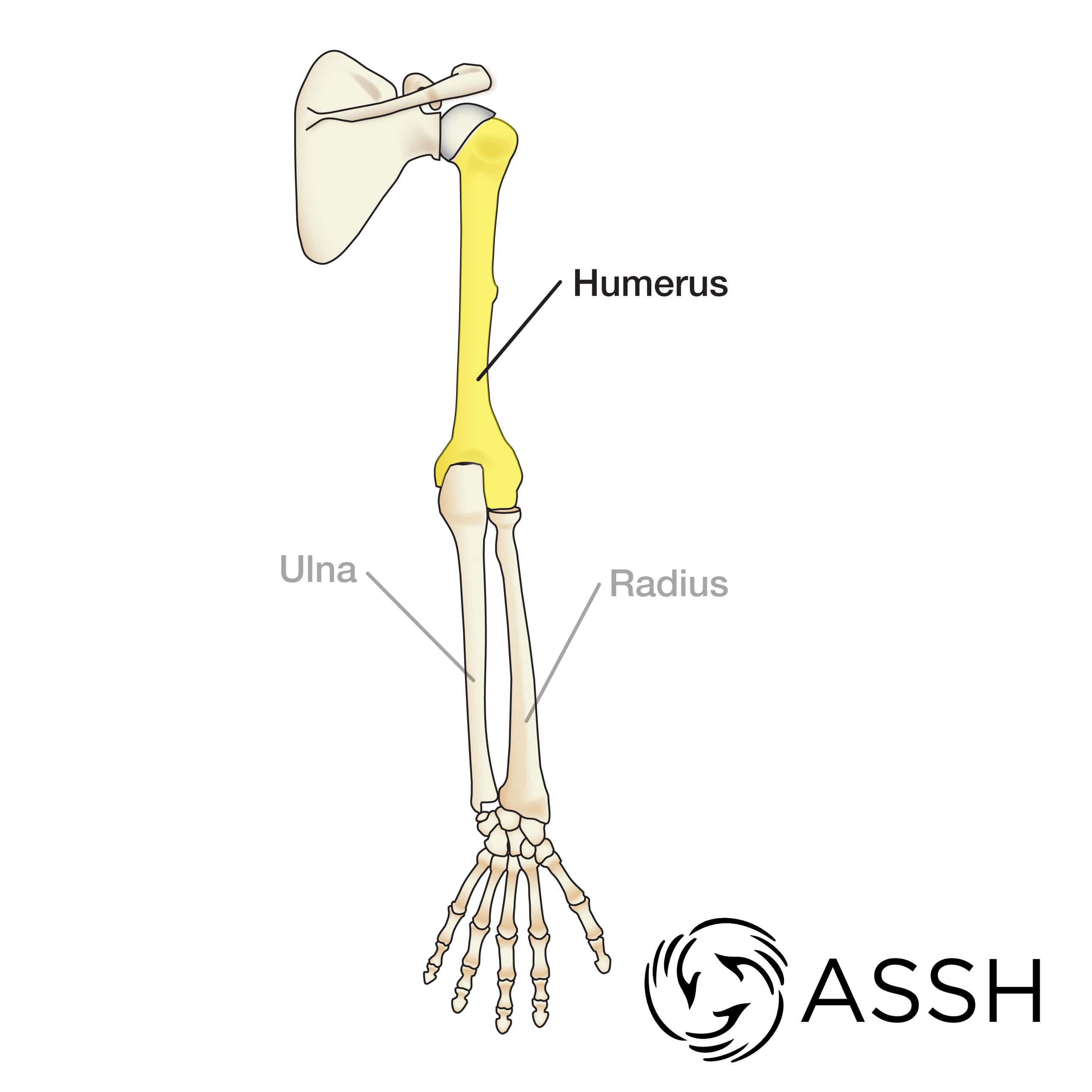
What 3 bone types of the hands made up of?
8 carpals (wrist bones)
5 metacarpals (palm bones)
14 phalanges (finger bones)
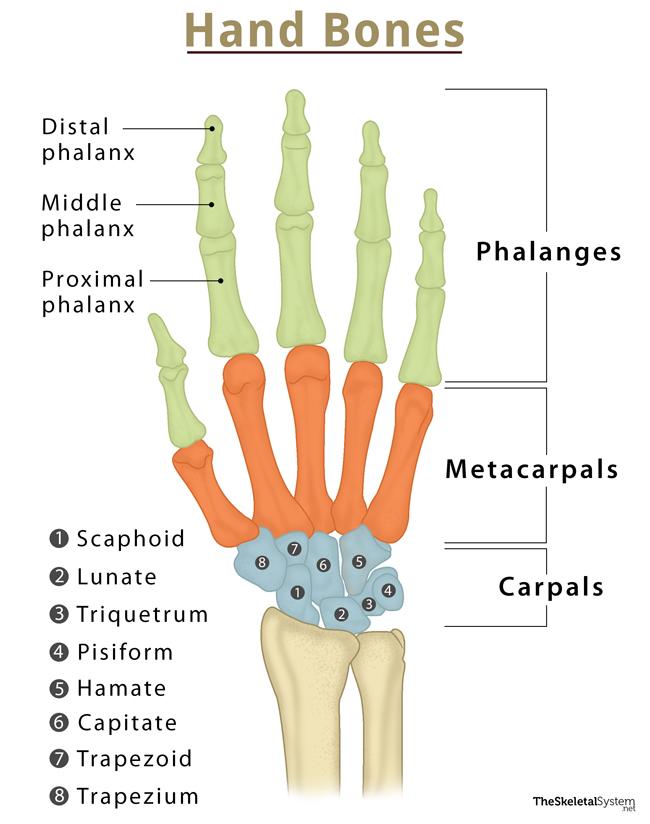
The pelvic girdle is made up of 2 hip bones, which connect at the symphysis pubis. What 3 sections make up each hip bone?
Ilium (broad upper part)
Ischium (what you sit on)
Pubis (front part)
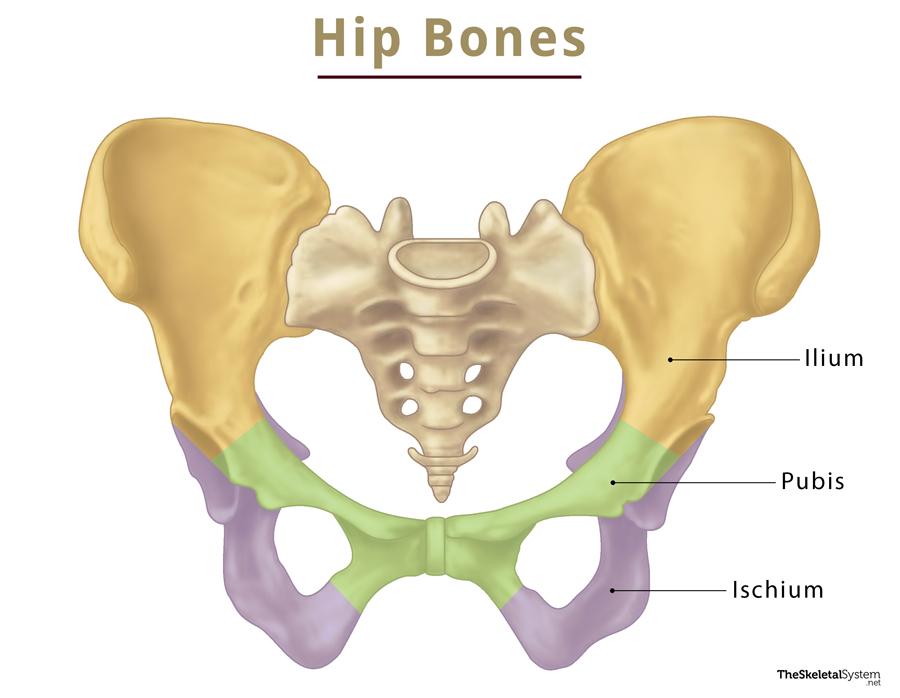
What 4 bone types make up the leg bones?
Femur (thigh bone)
Patella (knee cap)
Tibia (lower leg)
Fibula (lower leg)
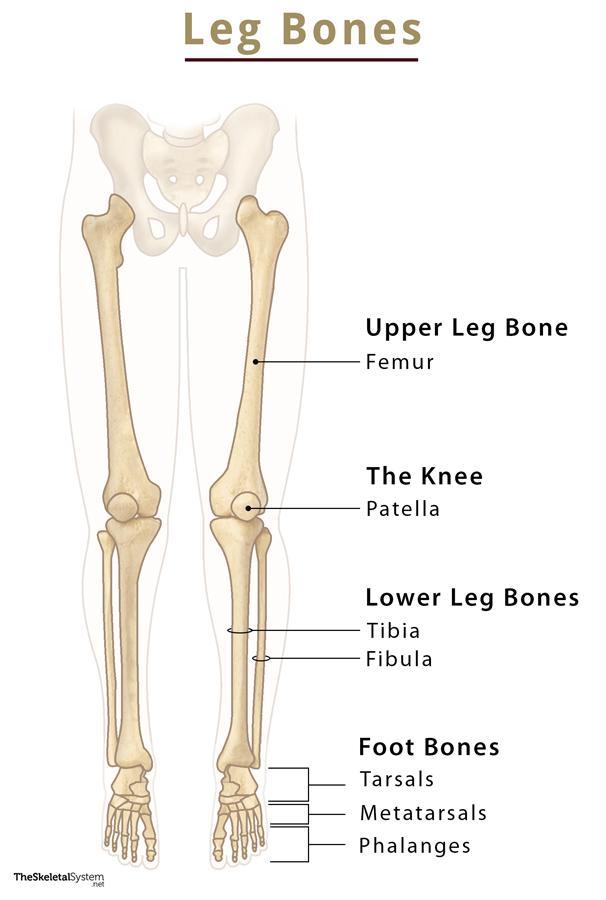
What 3 bone types make up the foot bones?
7 tarsals (ankle bones)
5 metatarsals (palm of foot)
14 phalanges (toe bones)
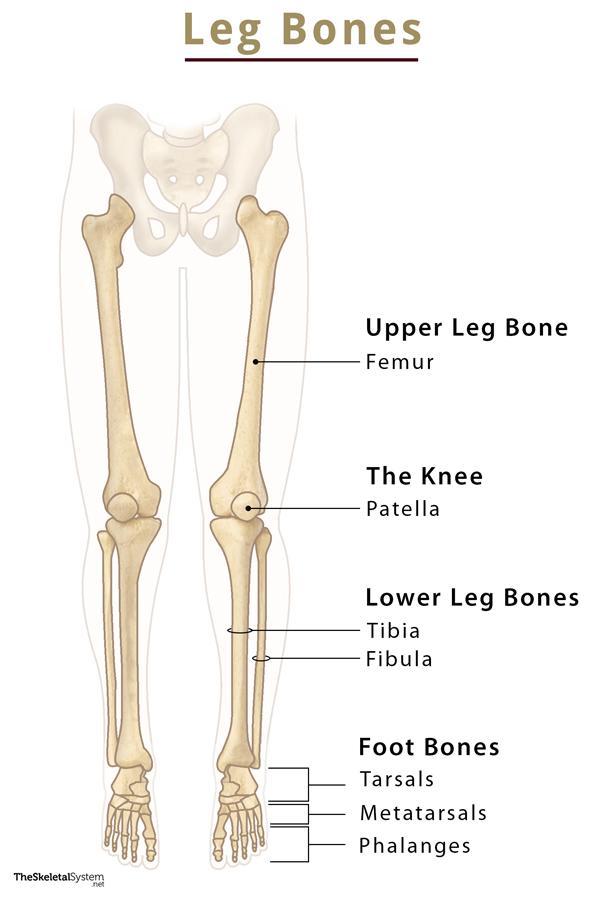
Which four traits do all muscles have?
Excitability/Irritability (response to stimulus)
Contractibility (ability to shrink/shorten)
Extensibility (ability to extend/elongate)
Elasticity (ability to bounce back to original form)
What is muscle tone?
The ability for muscles to be slightly contracted at all times, even when not in use
Important for posture (standing straight and sitting still) and reflexes (catching yourself from a fall)
Basically ensures your body is always prepared
NOT JUST THE DEFINITION OF THE MUSCLES YOU GET FROM WORKING OUT IN THE GYM
What are the three muscle types?
Cardiac (heart muscles)
Visceral (smooth muscles)
Skeletal muscles (body movement)
What are cardiac muscles? What is its purpose?
Cardiac muscles forms the walls of the heart.
When it contracts, it causes the heart to pump. This allows for the heart to circulate blood → key to survival.
What are visceral (smooth) muscles? What is its purpose?
Visceral muscles are muscles found in hollow organs (e.g. blood vessels and eyes).
When it contracts, it allows for movement of these organs.
What are skeletal muscles? What is its function?
Skeletal muscles are muscles attached to the bones.
It allows for body movement.
It is the one that you can get from working out at the gym.
Which muscles are involuntary? (Hint: there are 2)
Cardiac muscles AND visceral muscles
Which muscles are voluntary?
Skeletal muscles
Describe the microscopic anatomy of the skeletal muscles.
Alternating light and dark bands (striated)
Allows for voluntary movement
Fast and powerful movement
Describe the microscopic anatomy of visceral muscles.
Smooth and not striated
Allows for slow and steady movement
Describe the microscopic anatomy of cardiac muscles
Similar to skeletal muscles, cardiac muscles are striated (light and dark bands)
However, cardiac muscles are SHORTER and MORE NARROW than skeletal muscles
What are the four parts of the attachment of skeletal muscles?
Origins
Tendons
Insertions
Fascia
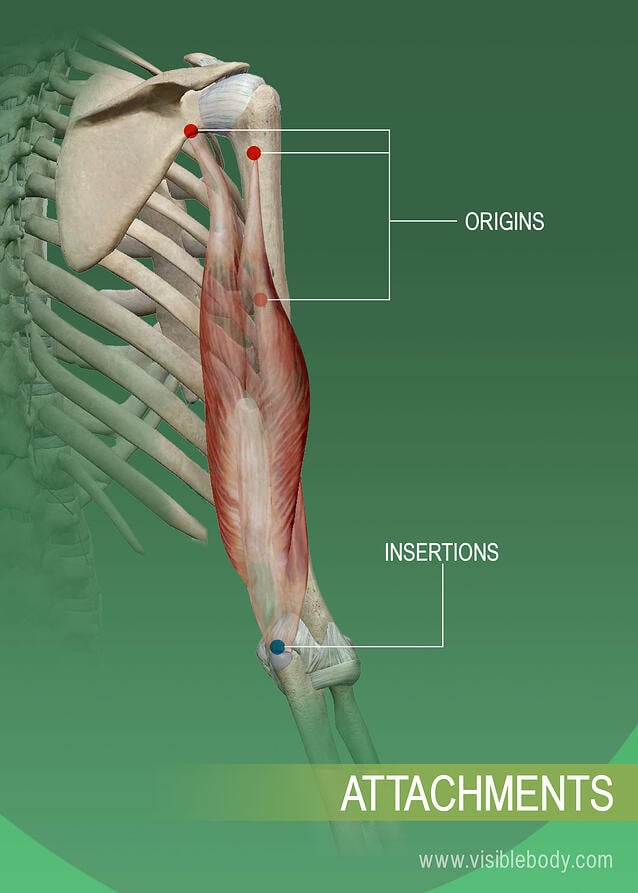
Describe Flexion vs. Extension (opposites)
Flexion: bending
Extension: elongating
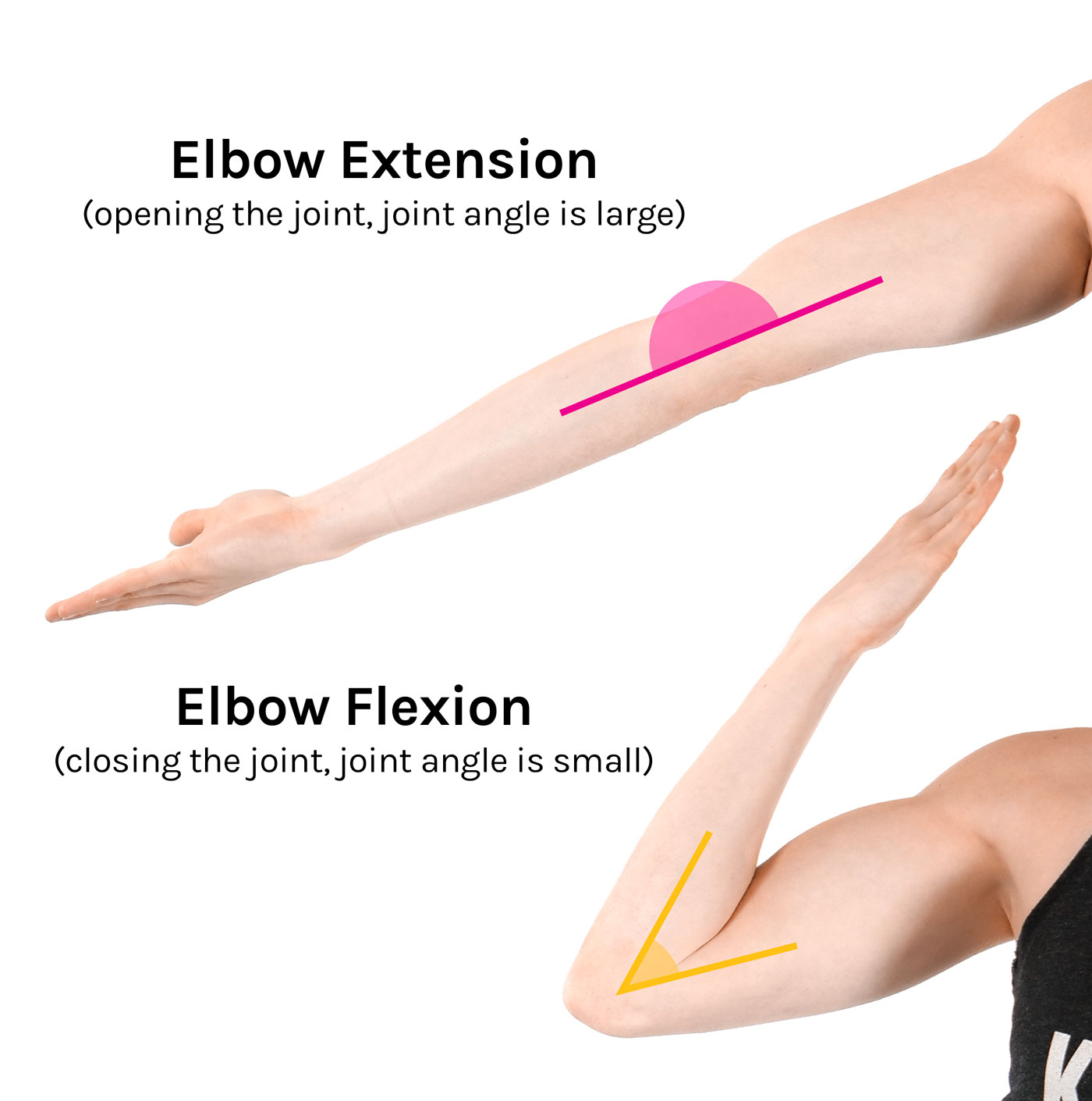
Describe Abduction vs. Adduction (opposite)
Abduction (away): Moving away from the midline
e.g. moving your arms away from your body
spreading fingers apart
Adduction (towards): Moving towards the midline
e.g. moving arms toward your body
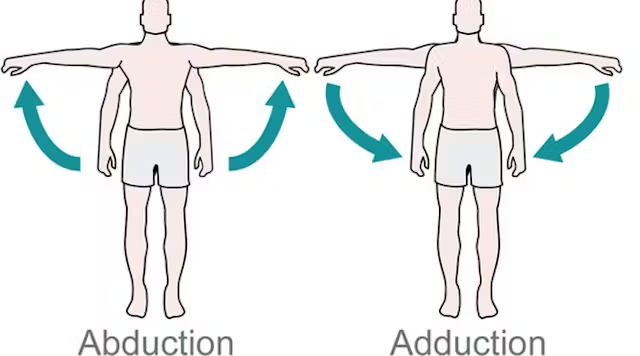
Describe Circumduction
Moving in circular motion
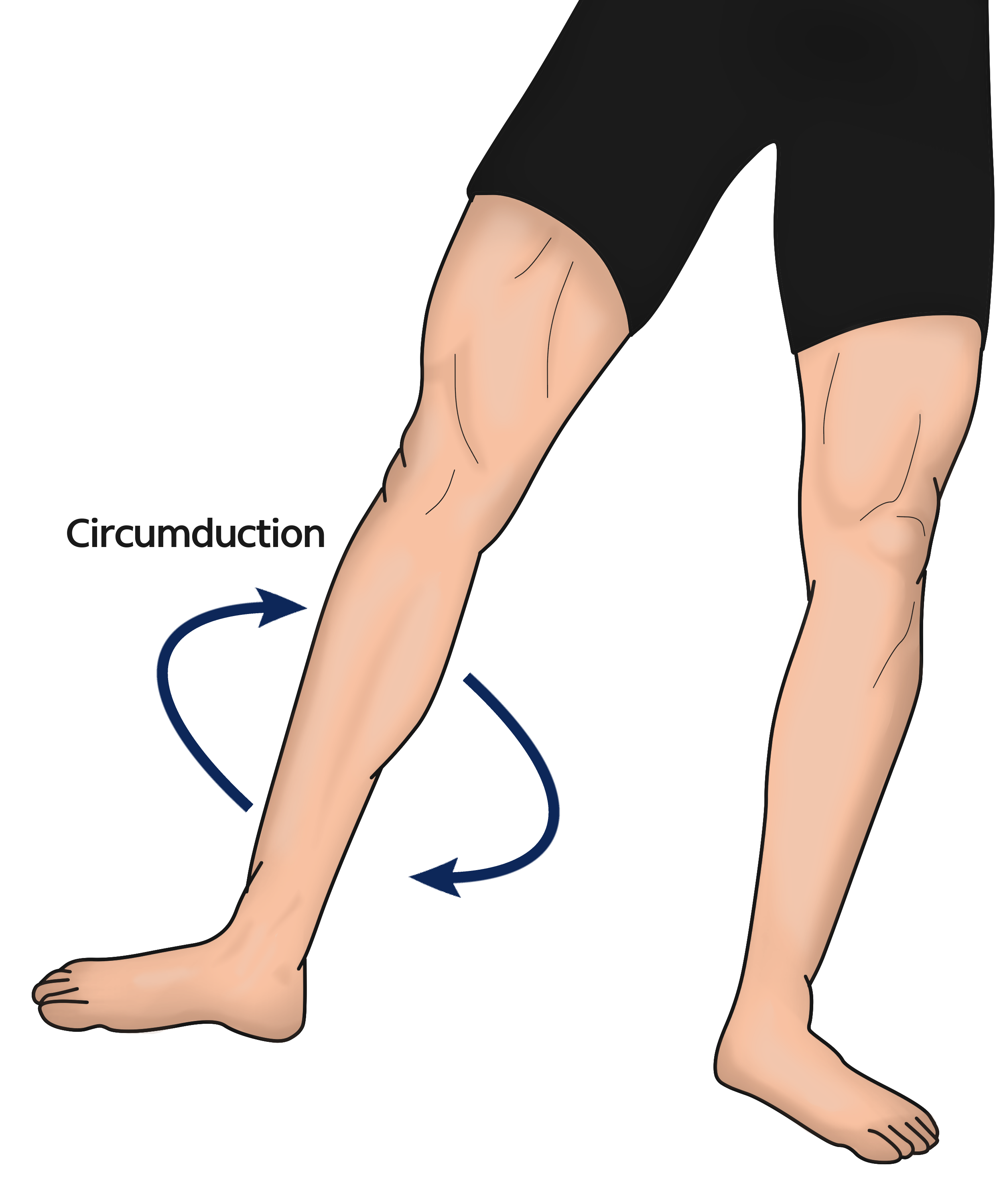
Describe Supination vs. Pronation.
Supination: palm facing up
Pronation: palm facing down
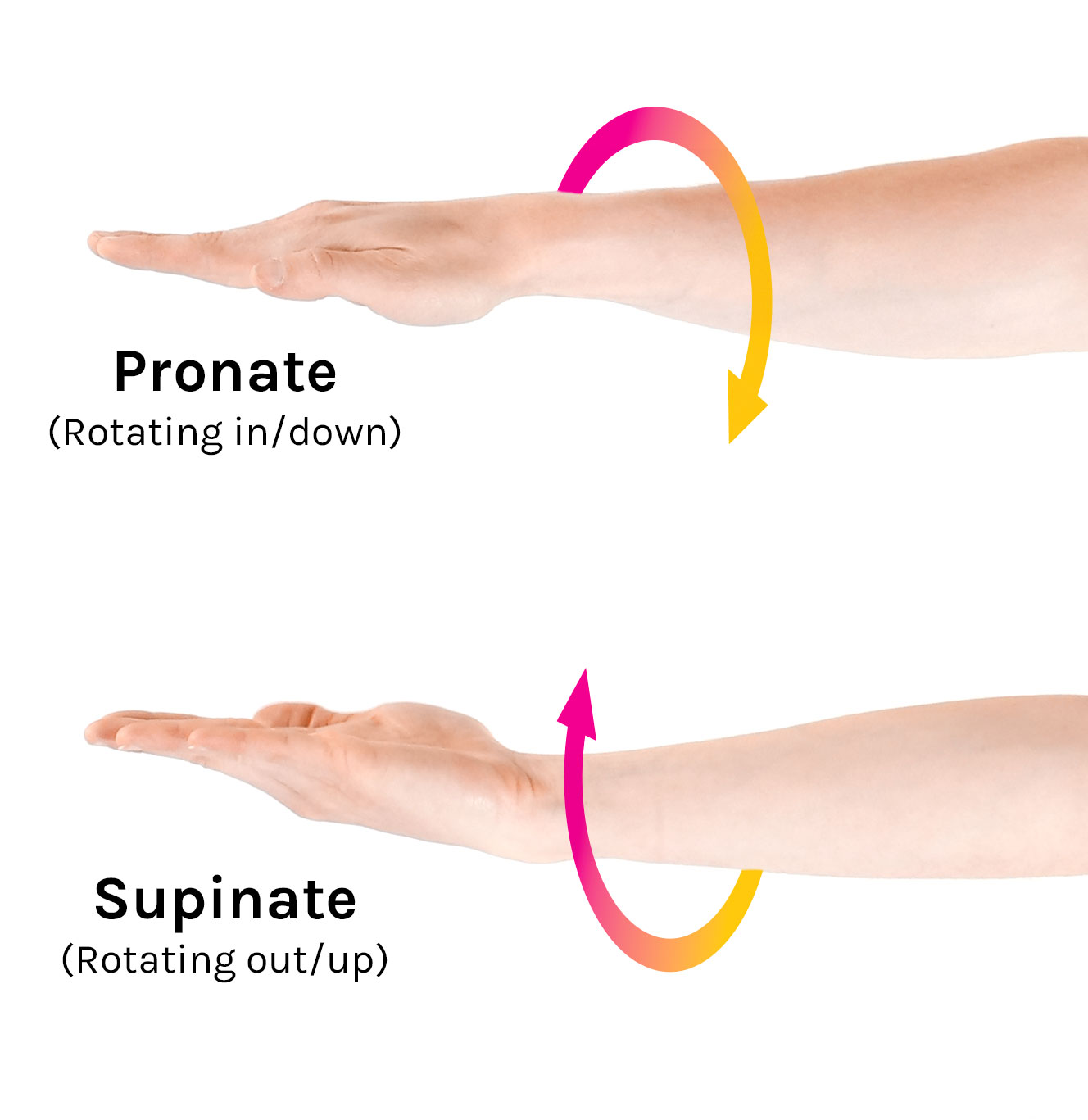
Describe Dorsiflexion vs. Plantar flexion.
Dorsiflexion: toes pointing up
Plantar flexion: toes pointing down
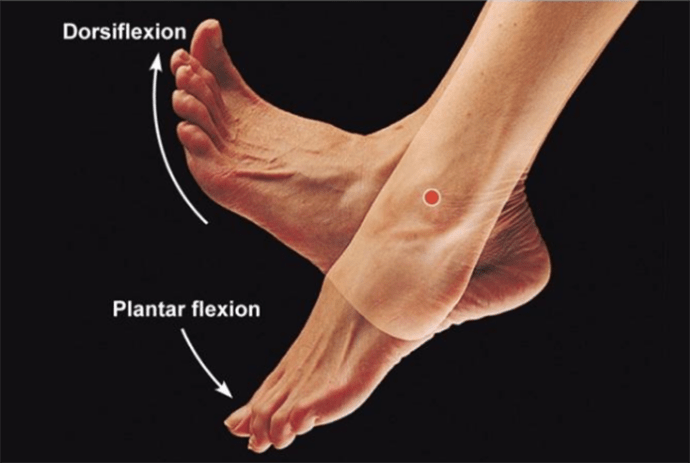
Describe Inversion vs. Eversion
Inversion (in): foot soles facing inwards
Eversion (out): foot soles facing outwards
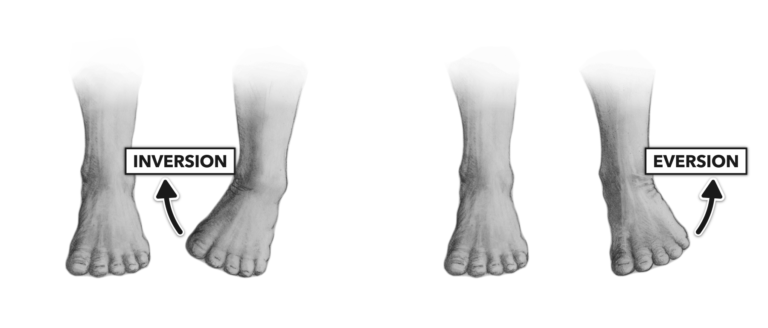
Describe Protraction vs. Retraction (Think: relation to spine)
Protraction: moving forward and out (away from your spine)
Retraction: moving backward and in (towards your spine)
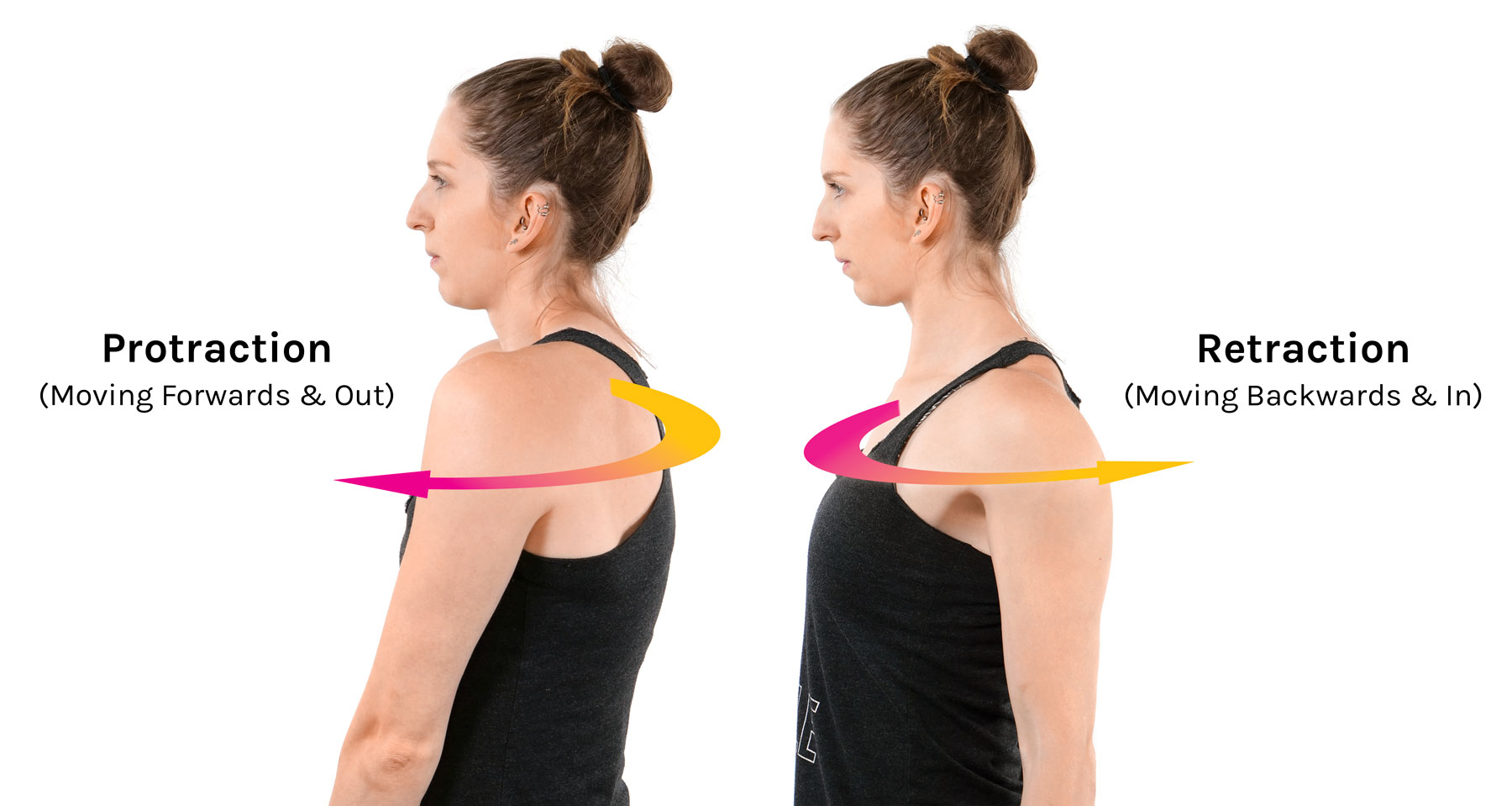
What is atrophy? (in terms of muscle)
Reduction in size and strength of muscle
Common cause: muscle disuse (when a person who works out regularly stops going to the gym, their muscle mass decreases)
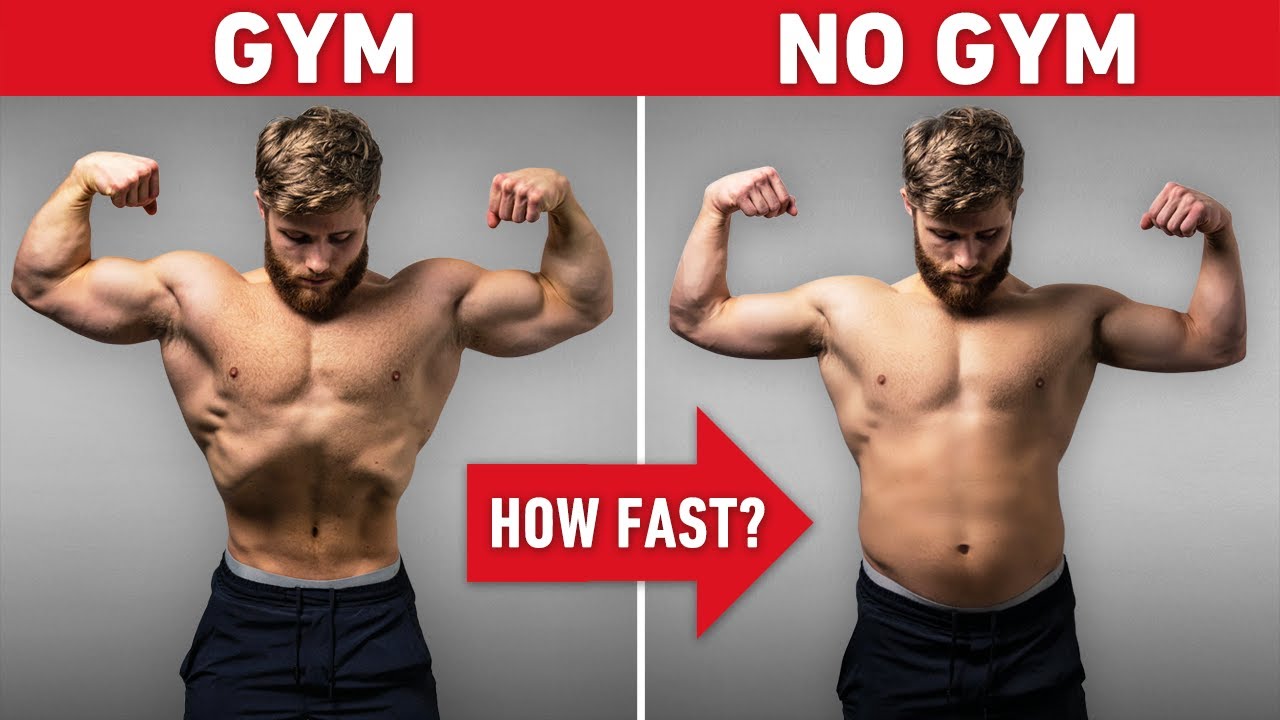
What is contracture? (in terms of muscle)
Contracture is the severe tightening of muscles that can result in the permanent bending of a joint.
loss of reflexibility in muscles
can be used by chronic illness
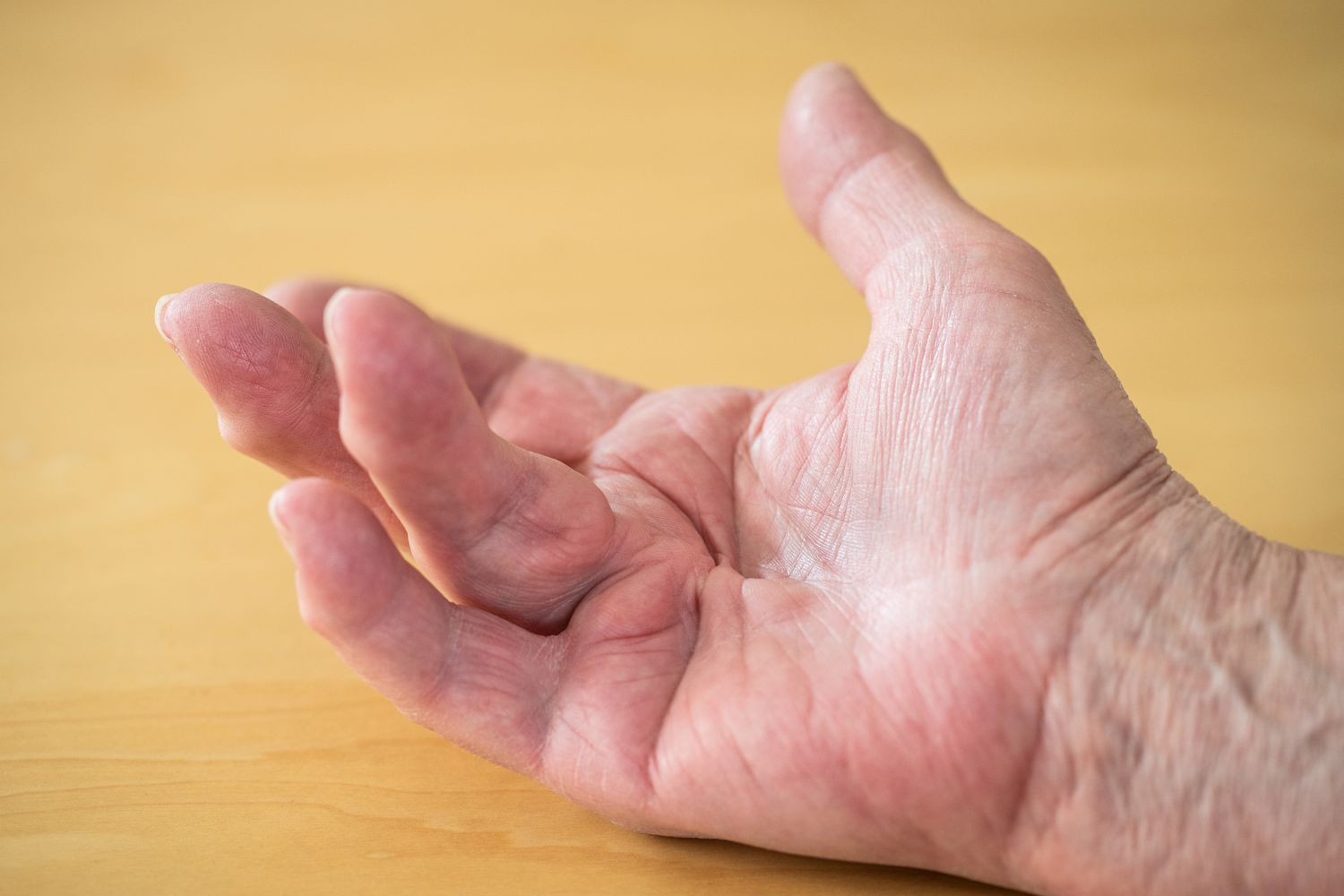
What is muscle strain?
Muscle strain is torn or stretched muscles and tendons.
Common causes: sports injuries, overuse, excessive dancing
What is fibromyalgia?
Fibromyalgia is a group of muscle disorders that cause chronic pain in specific muscle sites
Side effects: fatigue, trouble sleeping, headaches
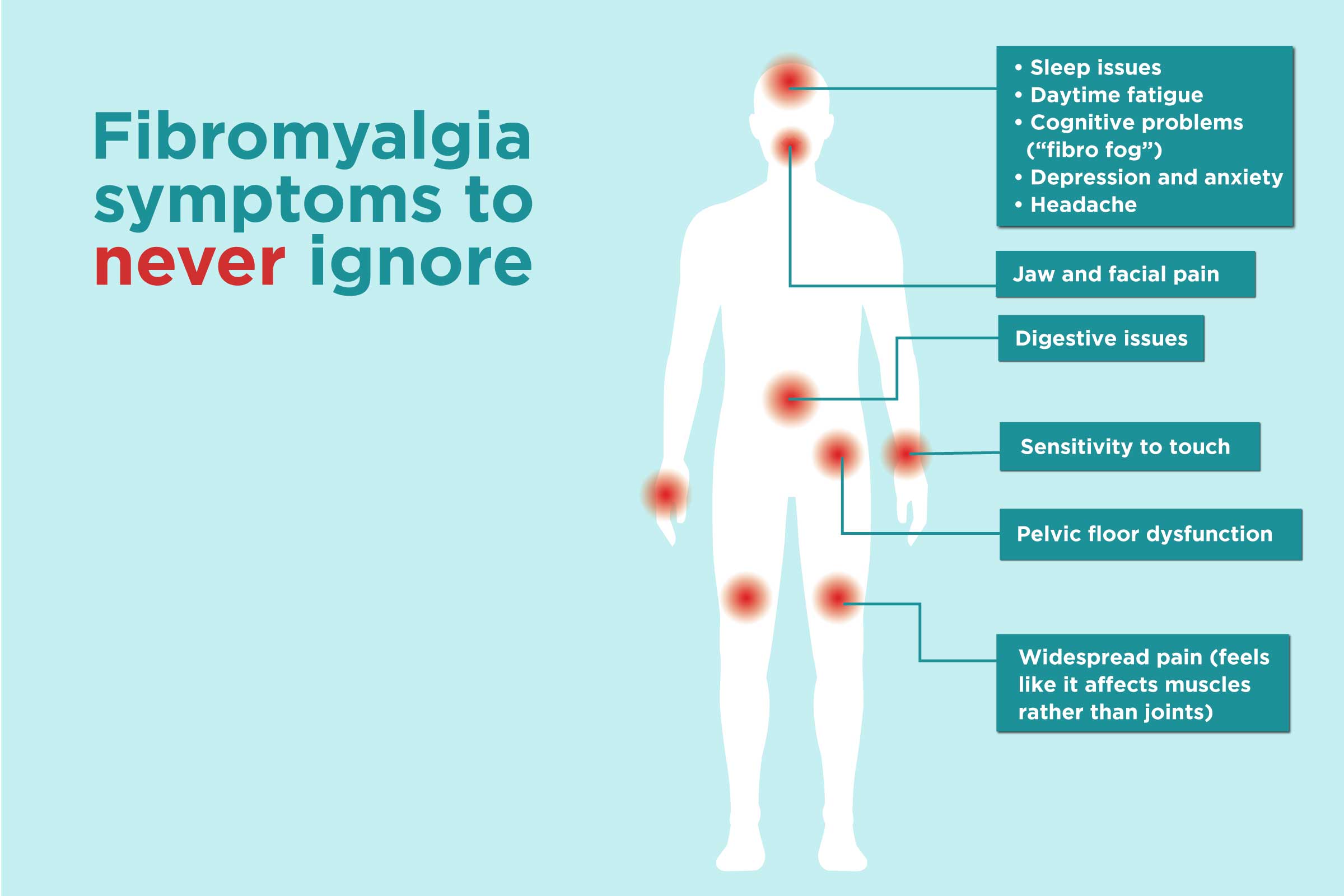
What is Muscular Dystrophy?
Muscular dystrophy is a group of inherited (genetic) diseases that cause the gradual wasting of muscles overtime.
Not the same as 渐冻症 which is a type of neurodegenerative disease that affects motor neurons (even though both cause immobility)
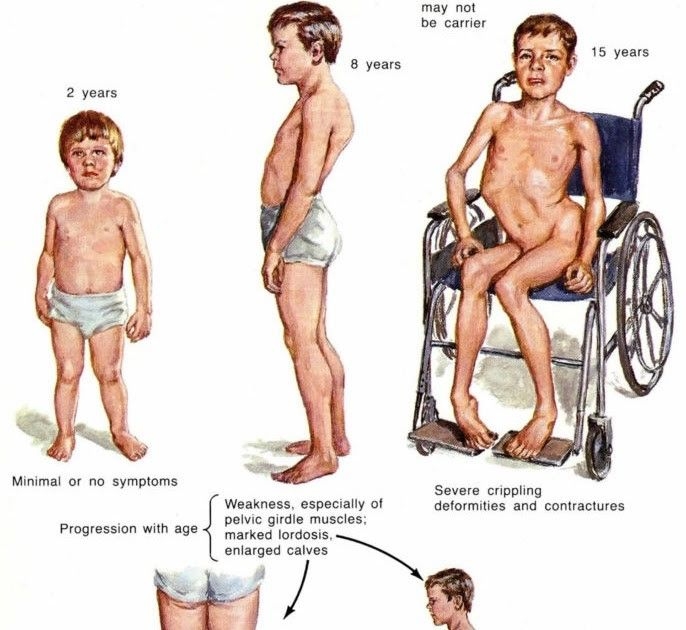
What 3 parts make up a neuron?
Dendrites (transmits impulses from outside → inside cell)
Cell body (soma)
Axon (conducts impulses away from the cell)
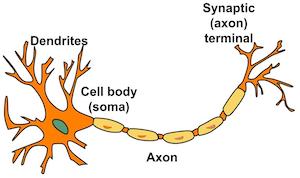
What is the purpose of the myelin sheath in a neuron? Where is it located?
The myelin sheath wraps around the axon. It is important for protecting the axon and speeding up the transmission of impulses → more efficient neural communication

What is the synapses?
The synapses is the junction where a neuron communicates with another cell (either neuron or muscle cell)
a point of contact
